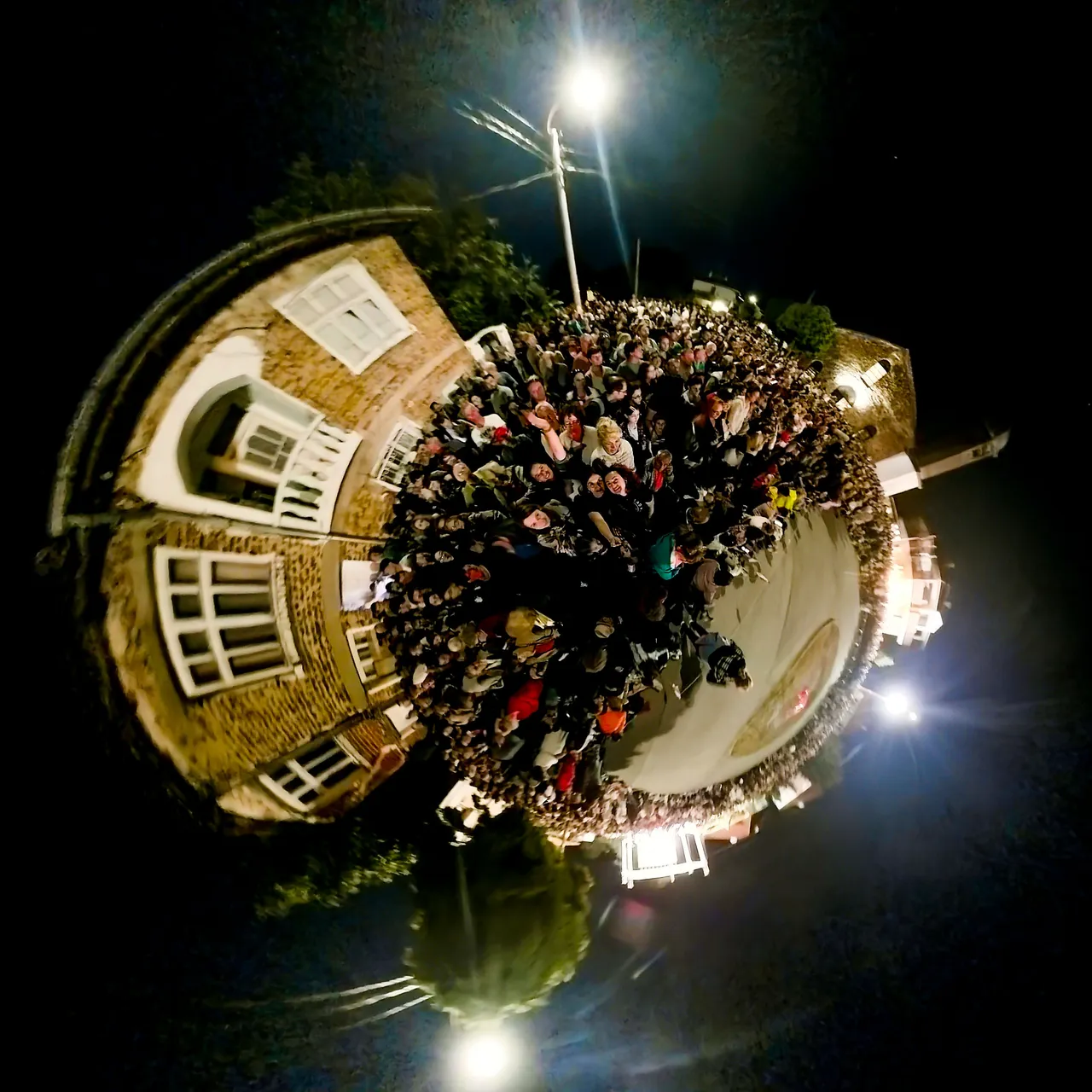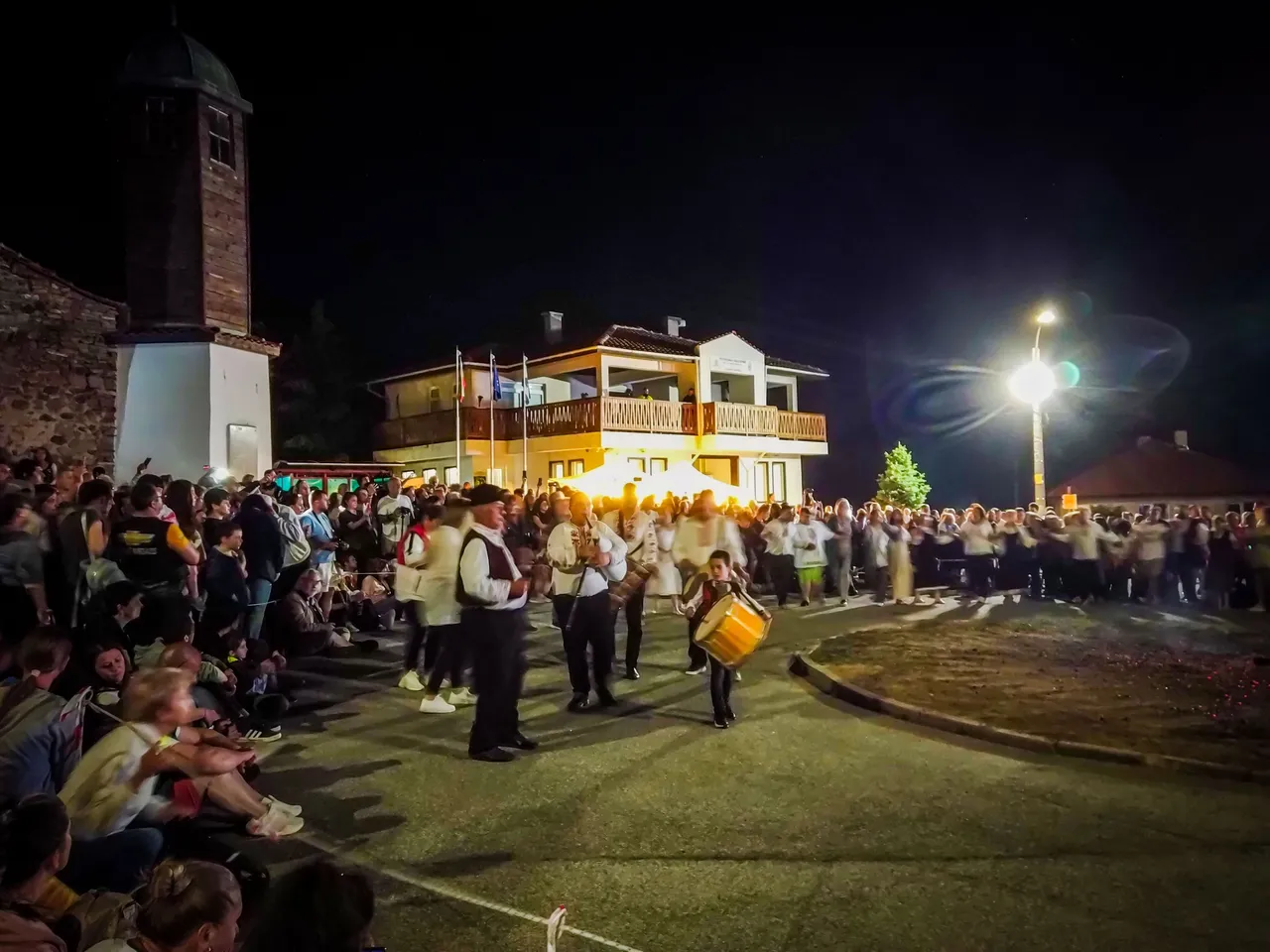
The day is June 3rd and in the Strandzha village Bulgari, they celebrate the feast of Saints Constantine and Helena in the old style. On this day, the Nestinari dance are performed in the village.
Nestinar is an ancient Bulgarian custom, in which certain people dance in the embers, and the village of Bulgari is the only place where the custom has been preserved and is performed in its authentic form.
This year, for the first time, I had the opportunity to attend this celebration and observe it up close.
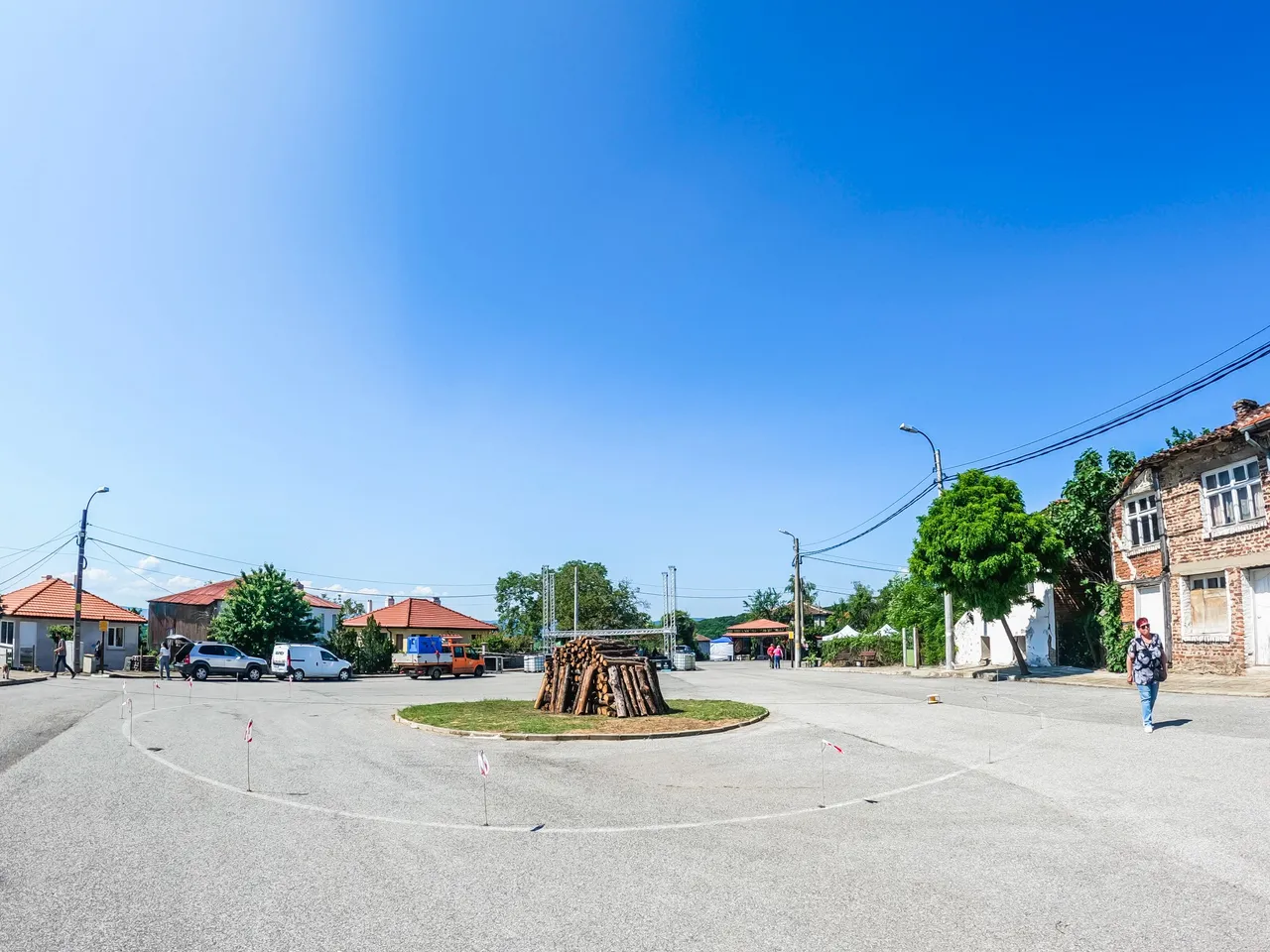
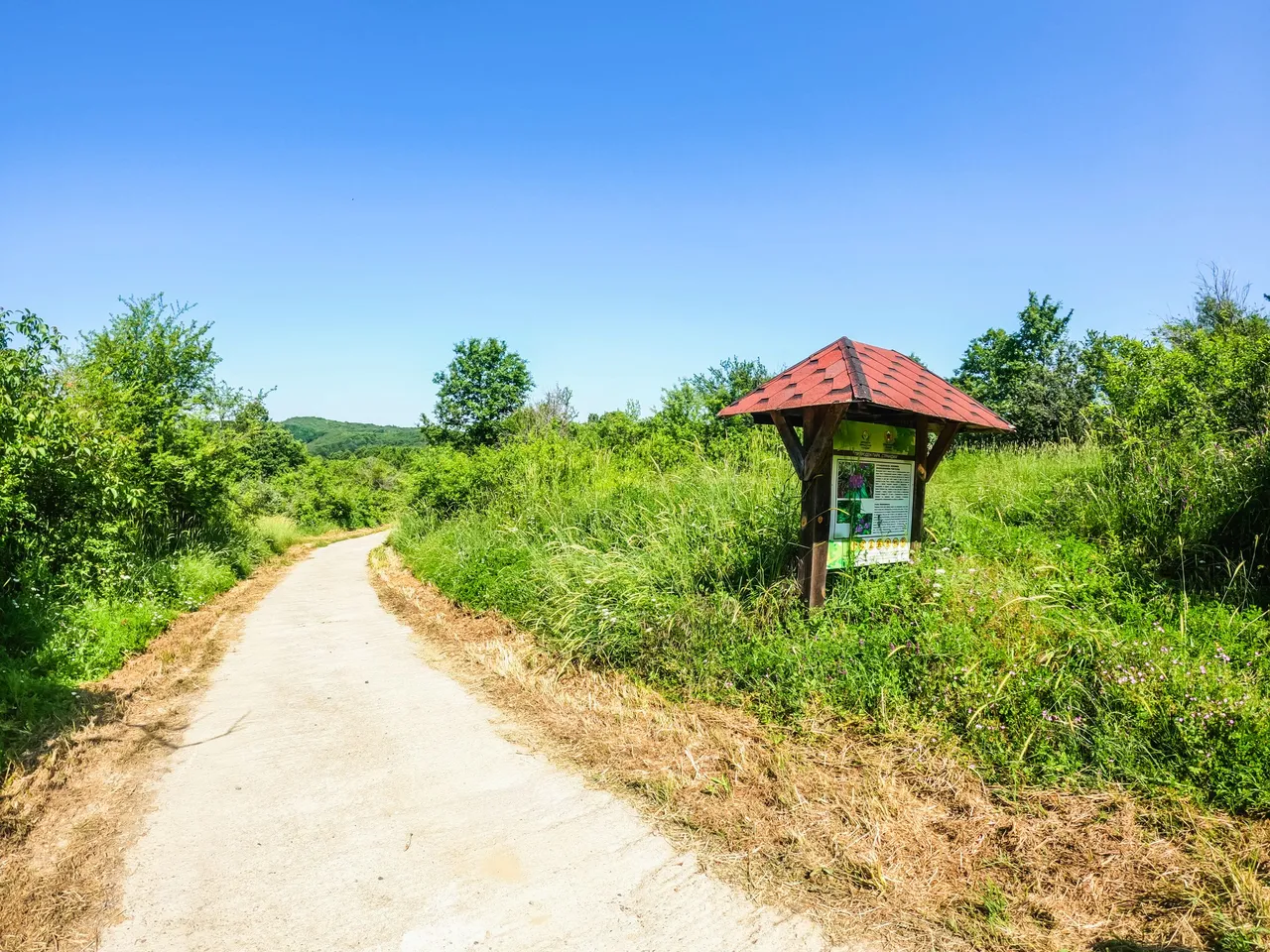
When I arrived in the village with my friends, the festive procession had already begun. We headed to the chapel of Saint Constantine in the hope that we were not too late and would be able to catch at least part of the morning ritual.

When we arrived there were many people waiting to pass through the chapel. There were locals there who were pouring water from the spring and anyone who wanted could light a candle.
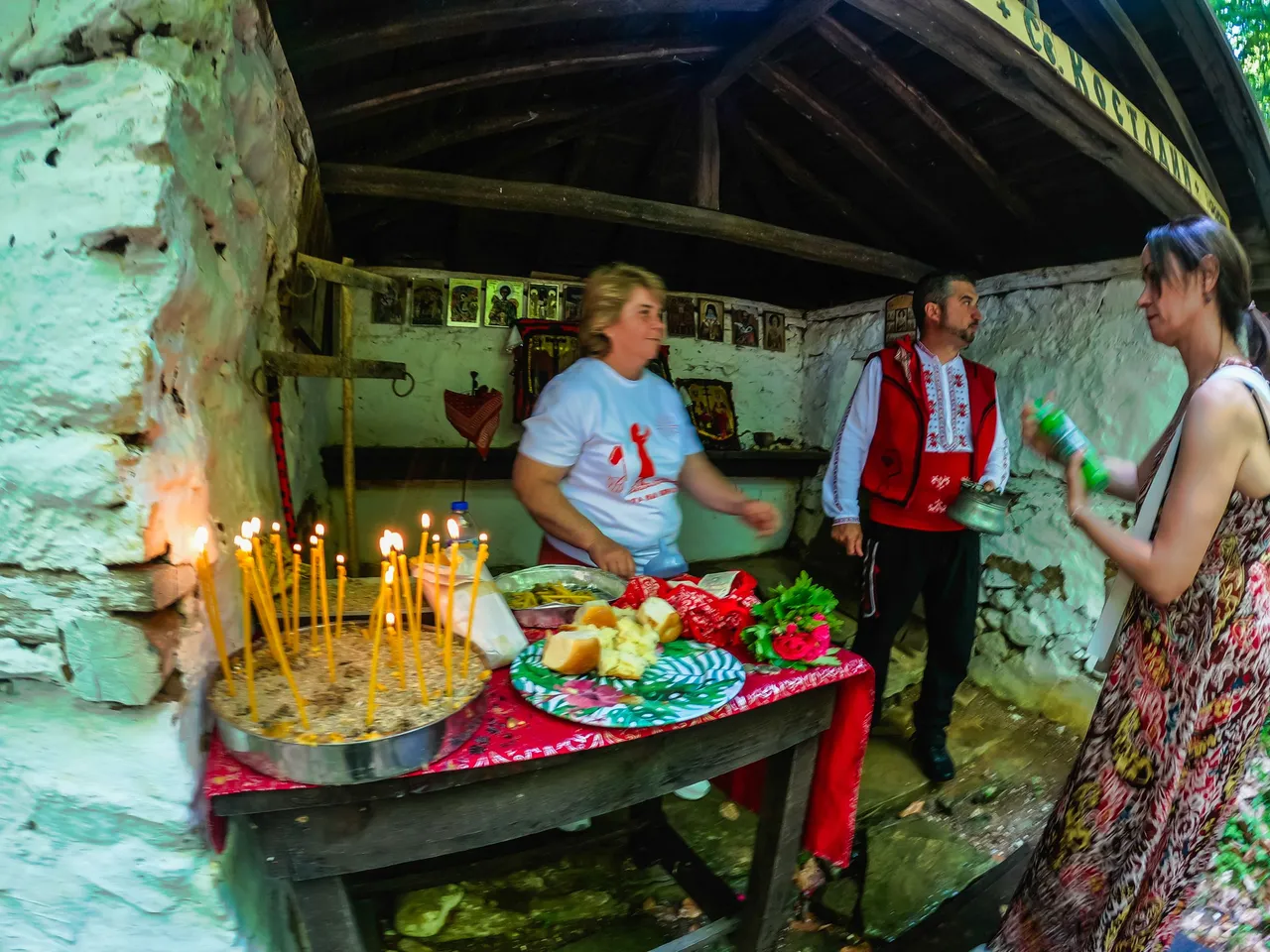
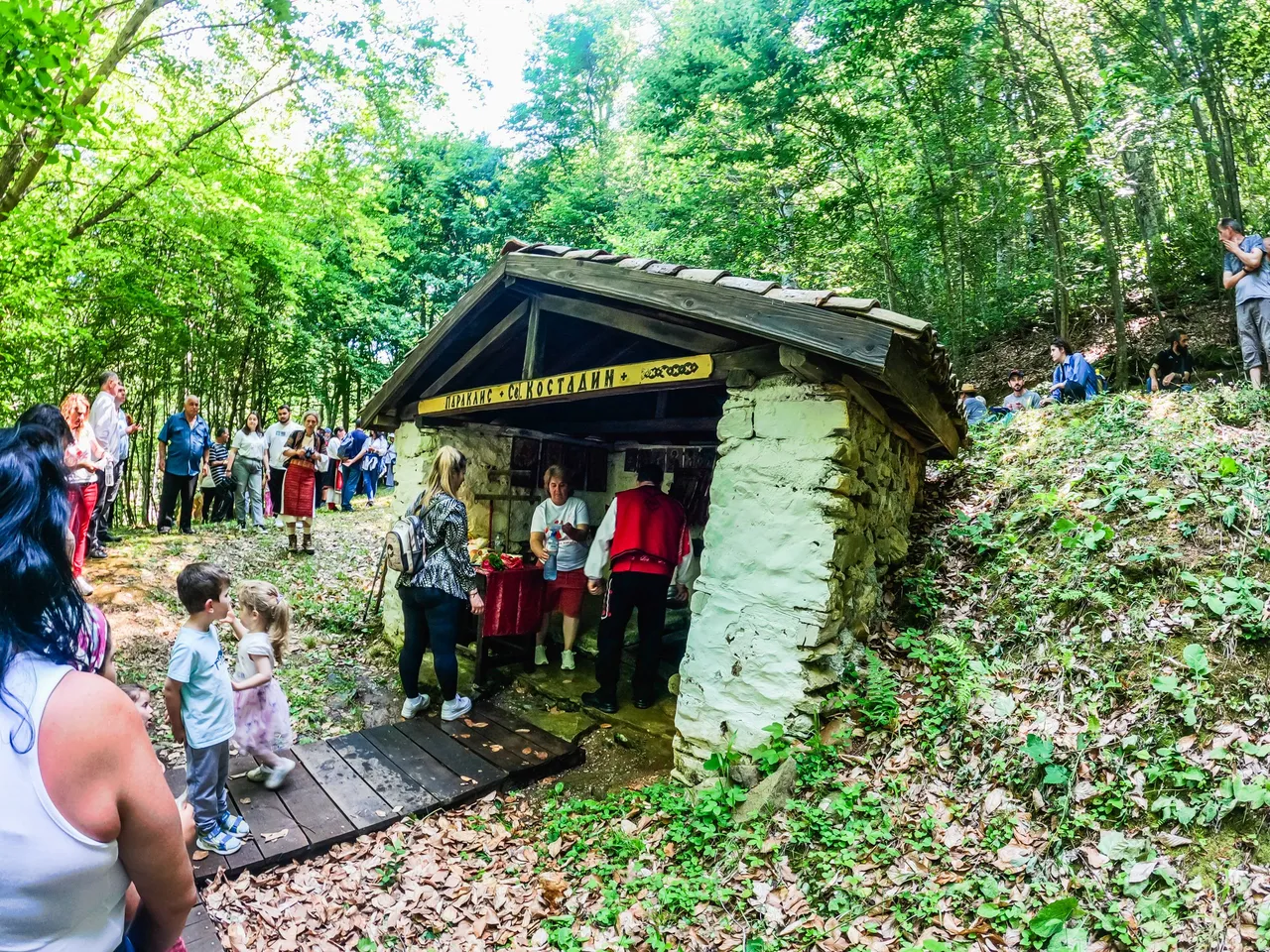
The water that springs from the chapel is considered sacred and plays an important role in the ritual. The icons are washed with it and the participants are sprinkled.

As everyone passed through the chapel, bagpipes and a sacred drum began to play.
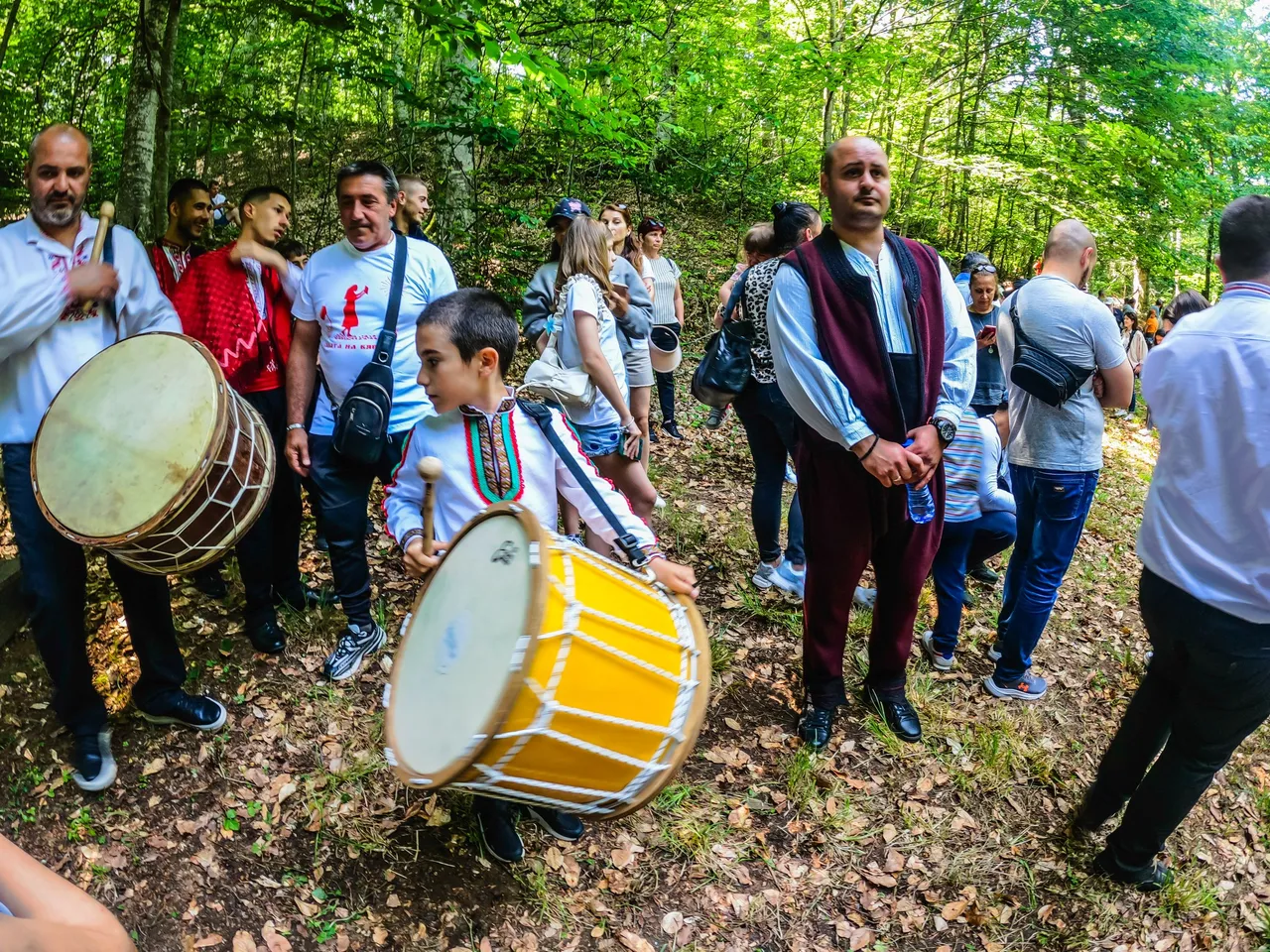
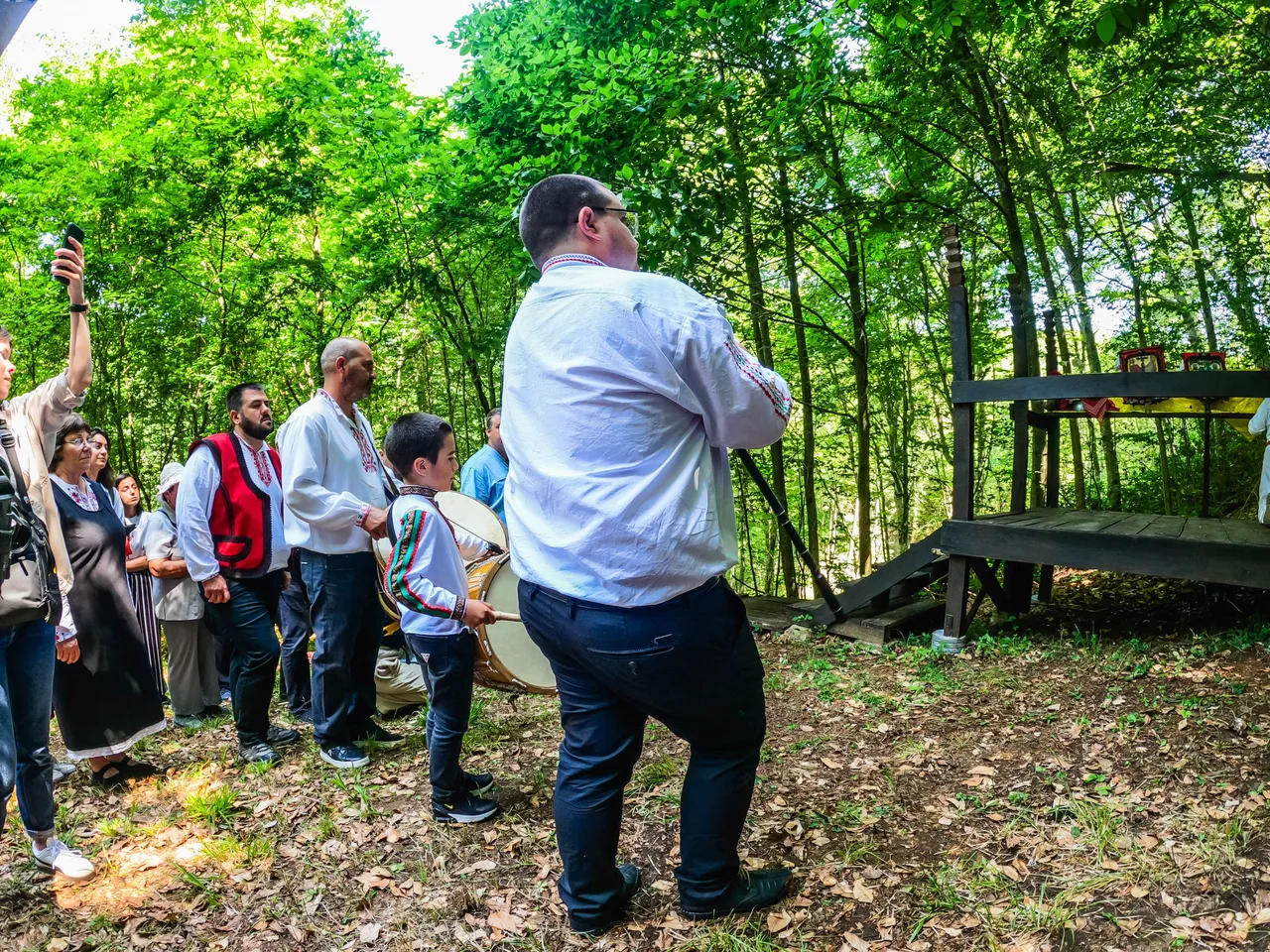
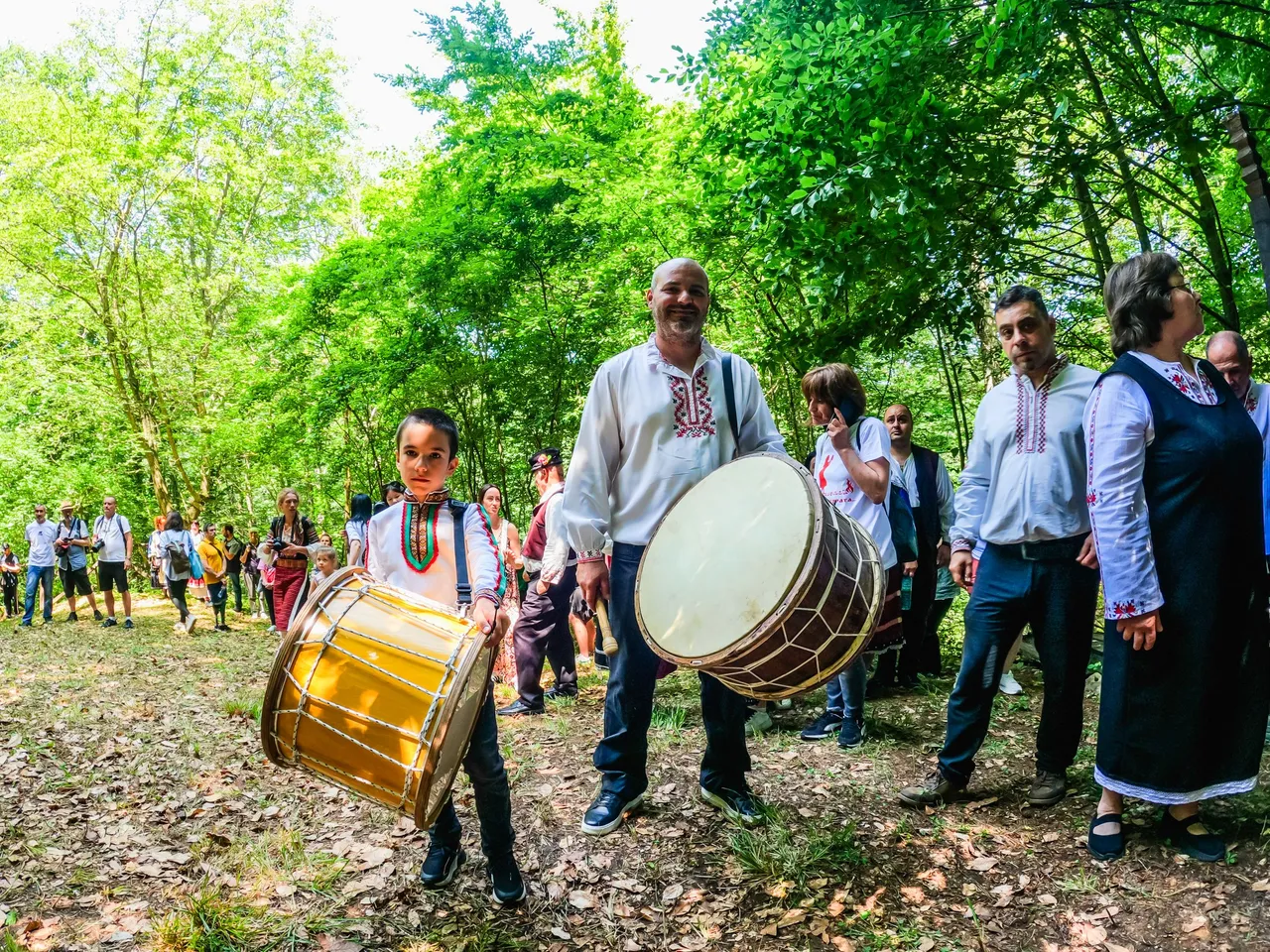
The icons, dressed in red cloth, were placed on a wooden platform. Incense was burning, which also played an important role in the ritual.
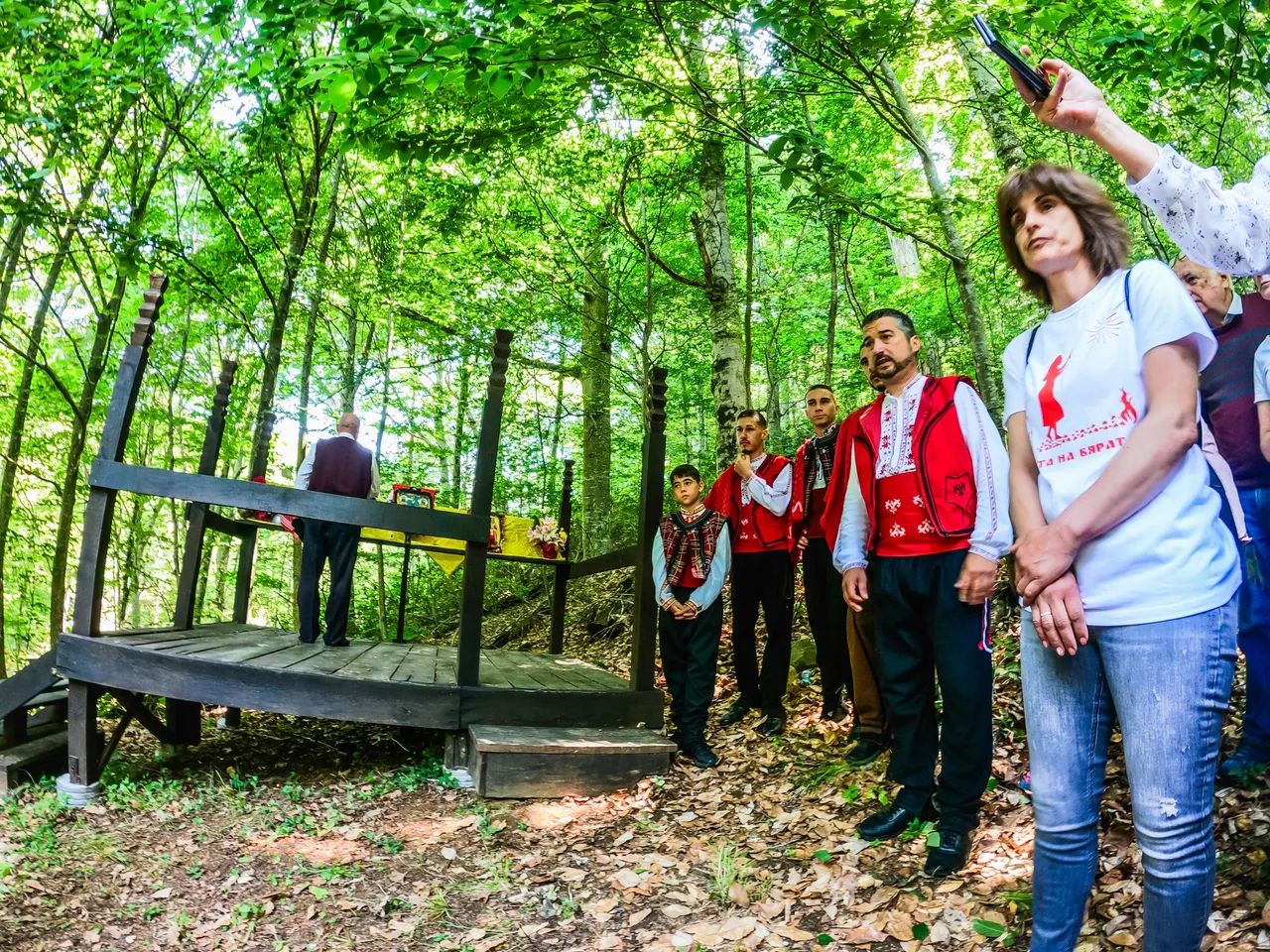
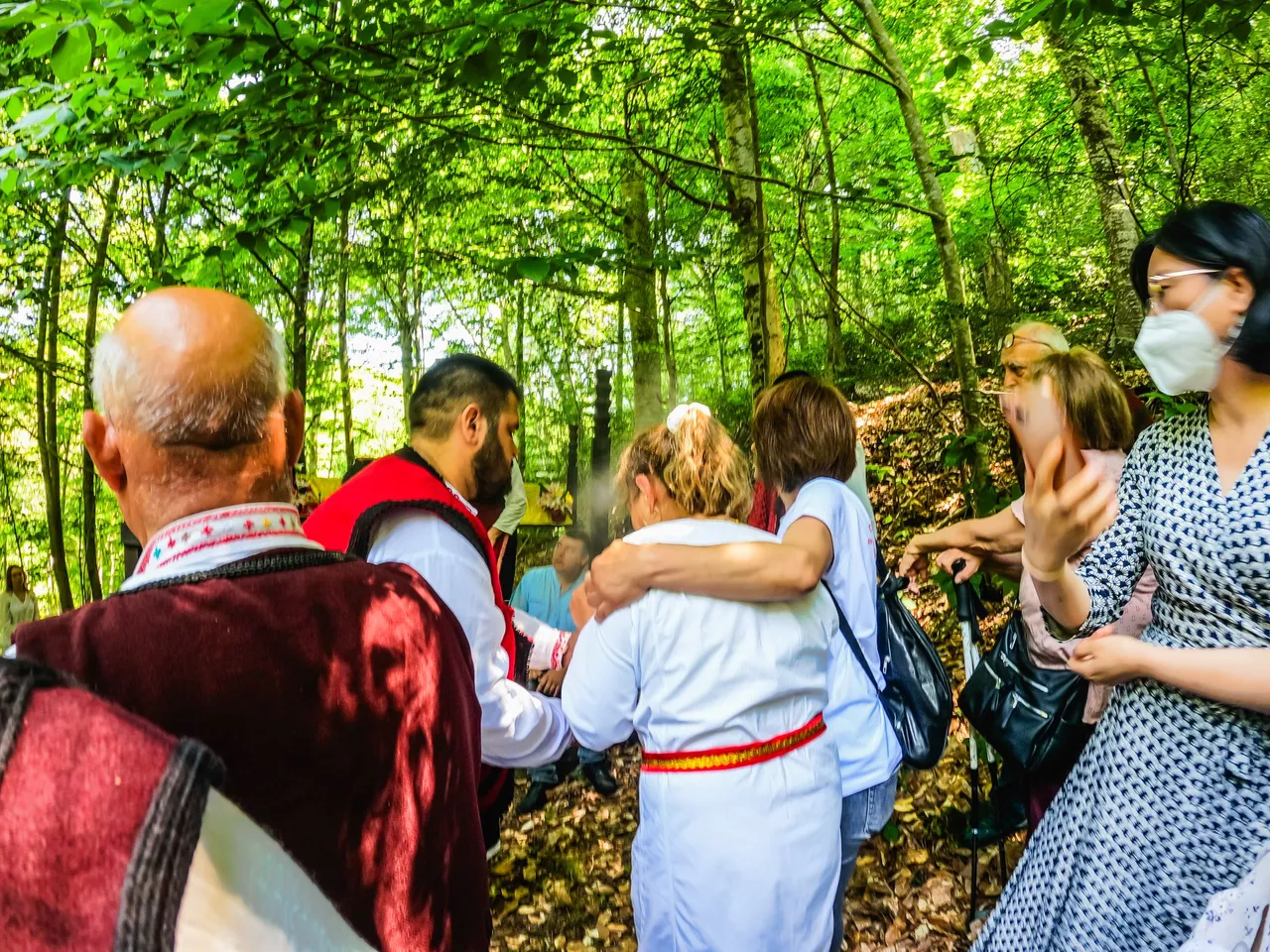
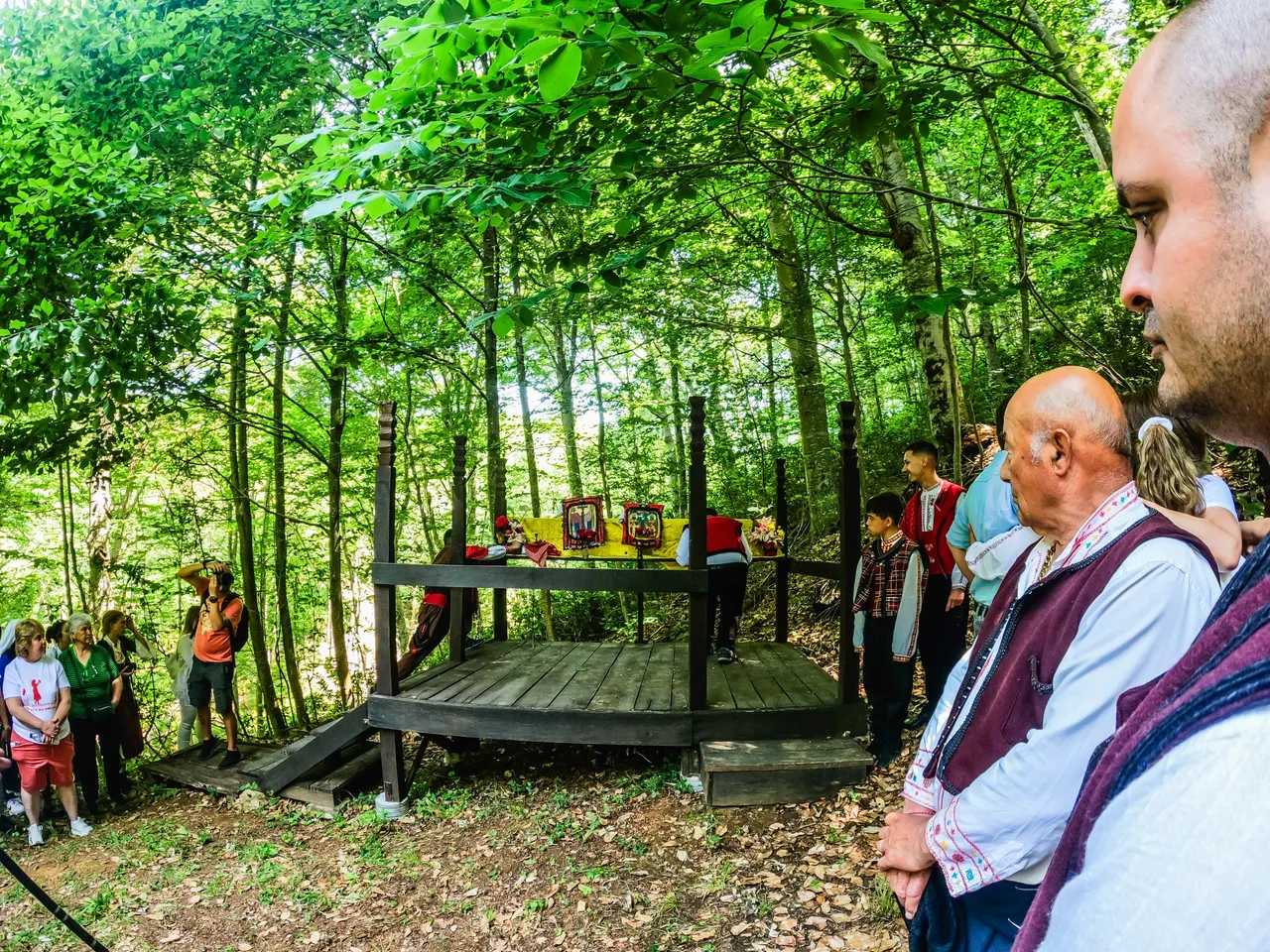
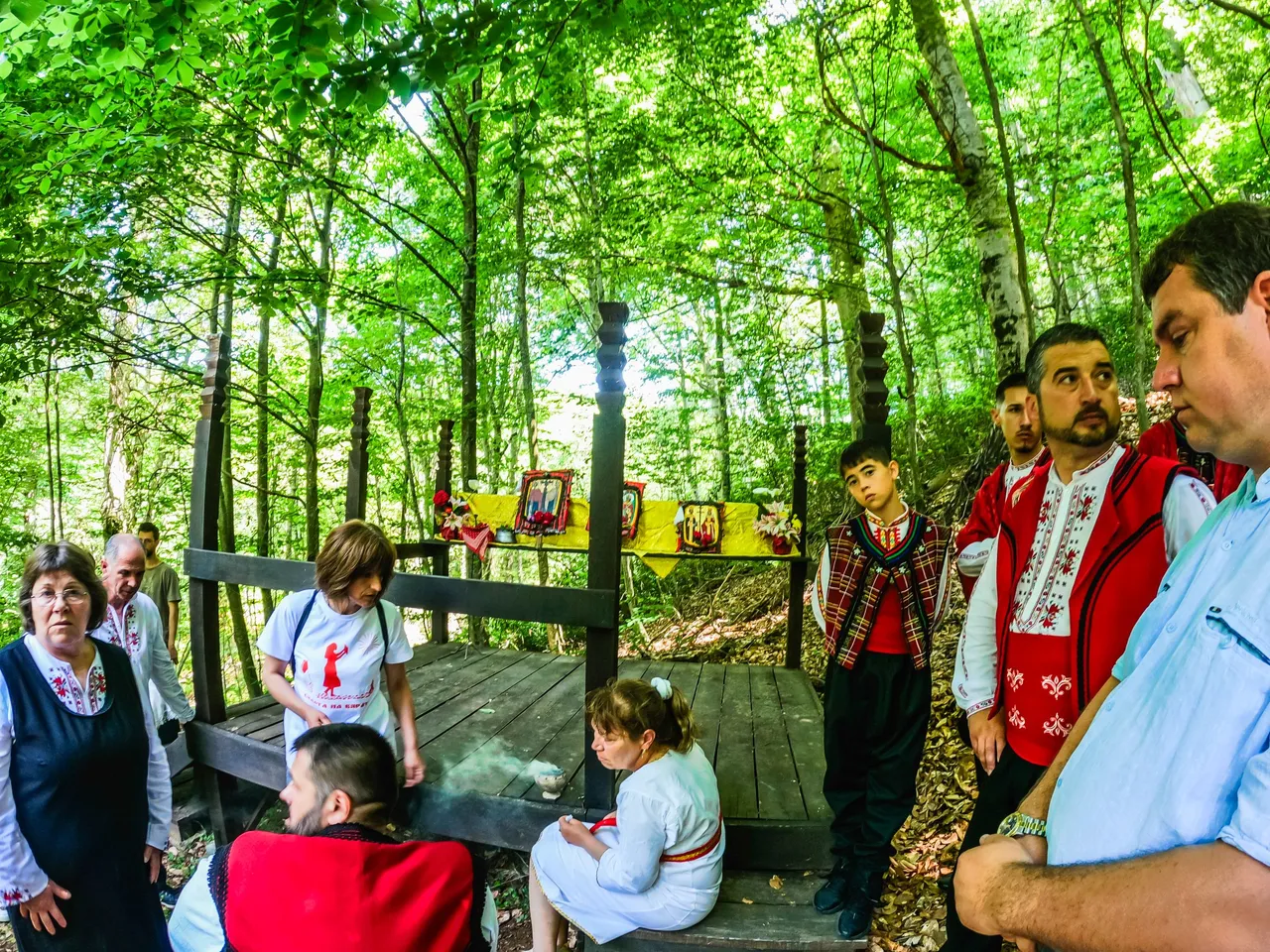
Then everyone danced a horo and headed back to the village.
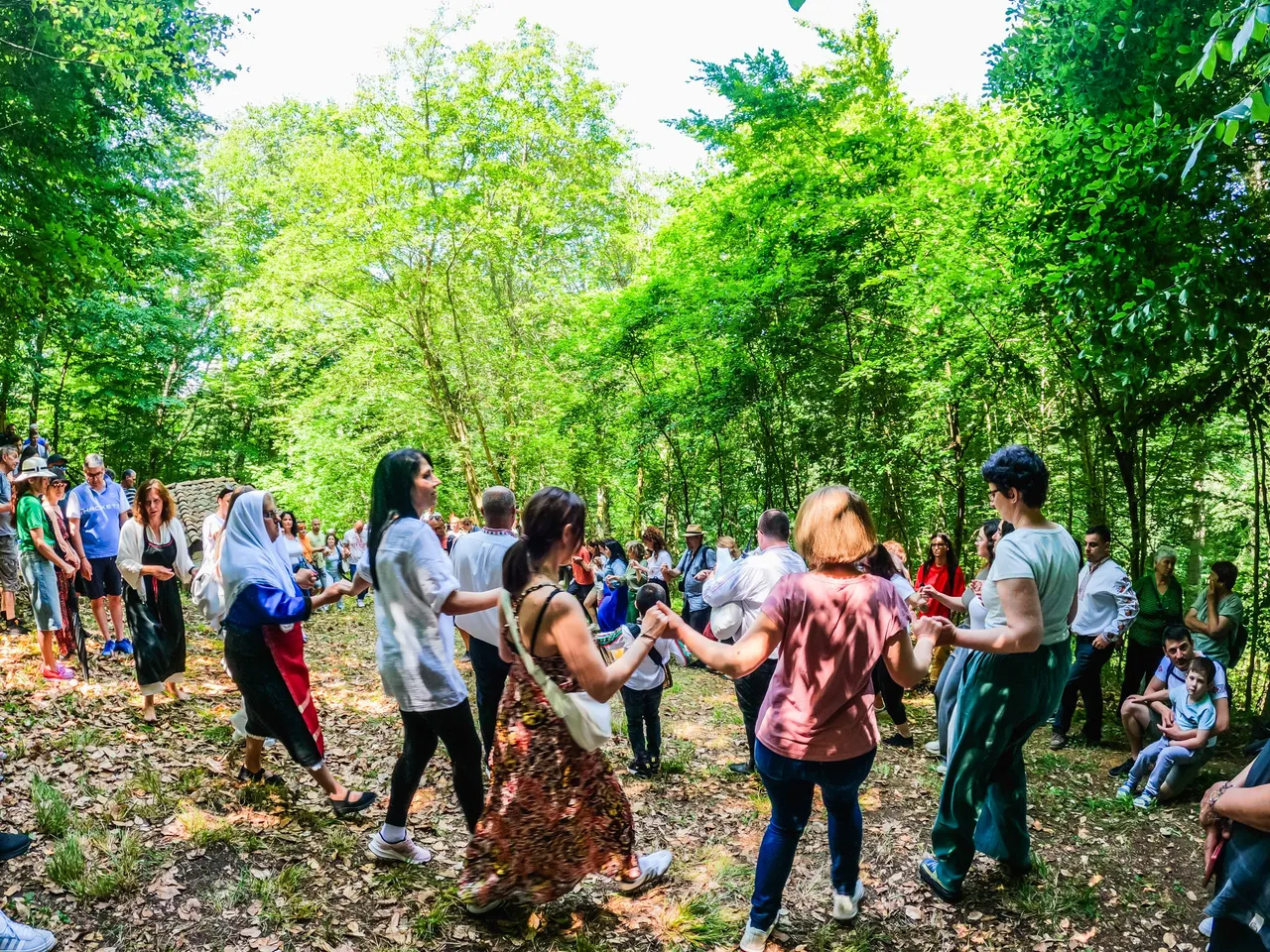
After the ritual in the center of the village, the big fire was lit at which the Nestinarian dance would be played in the evening.
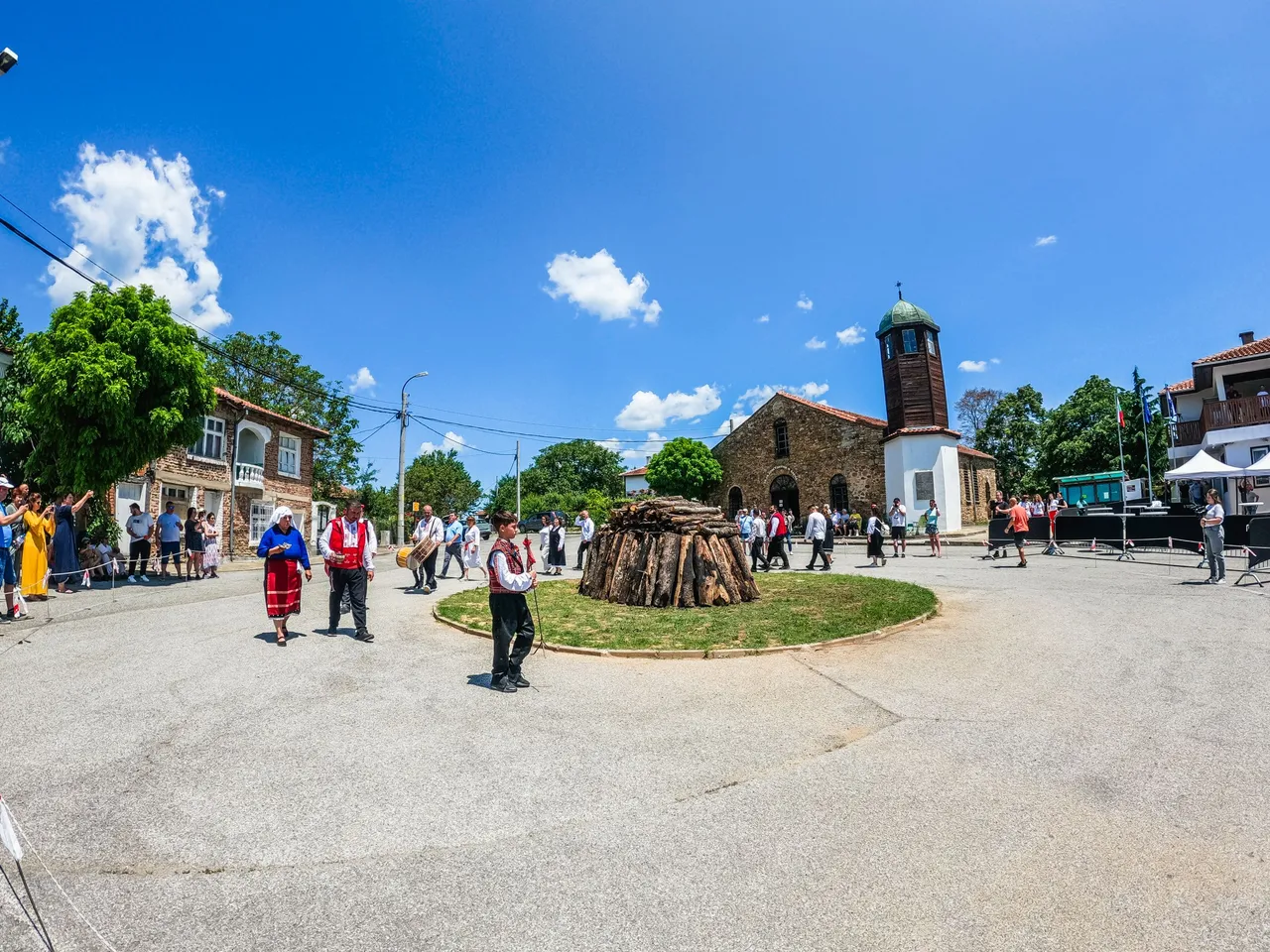
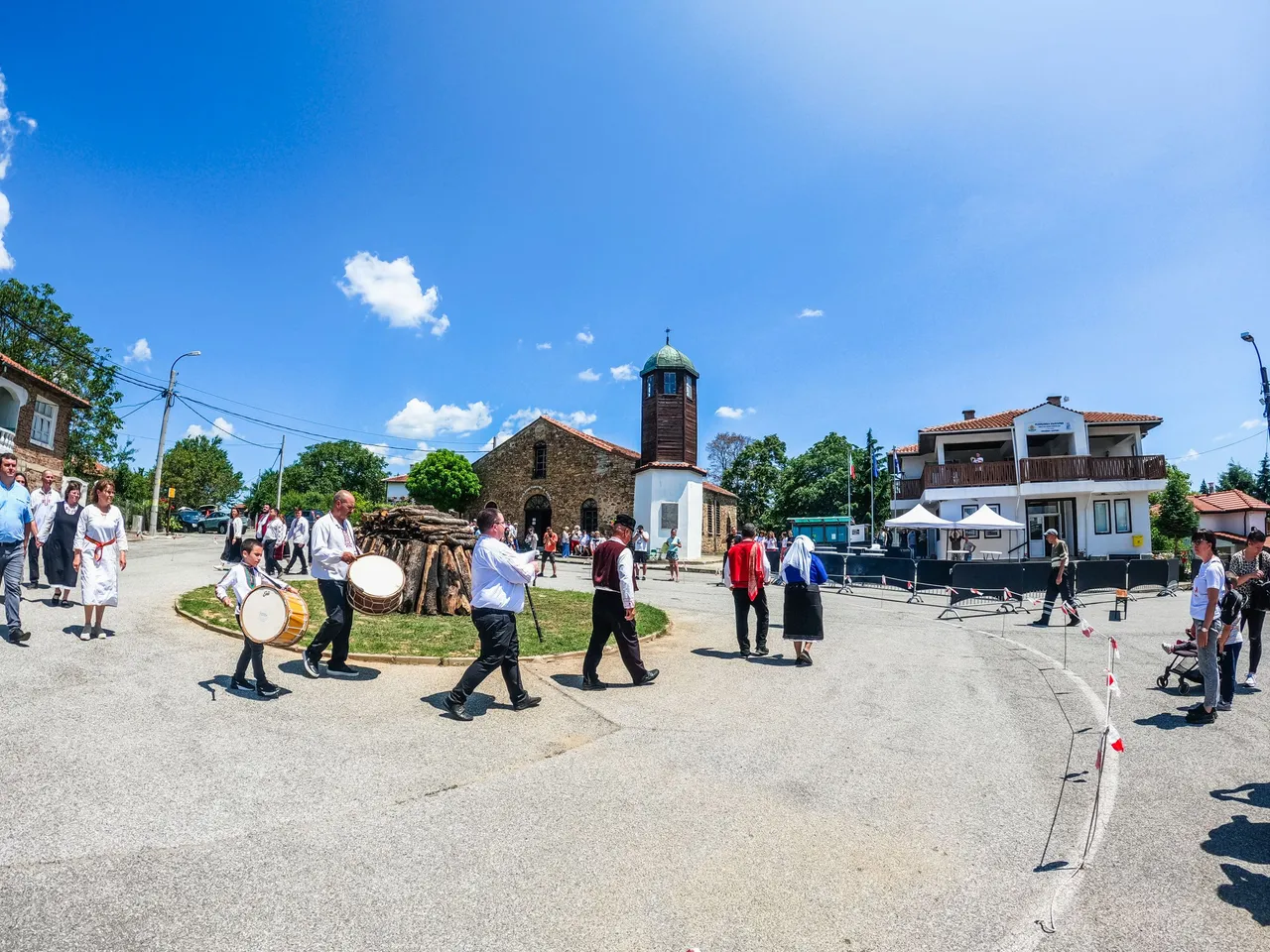
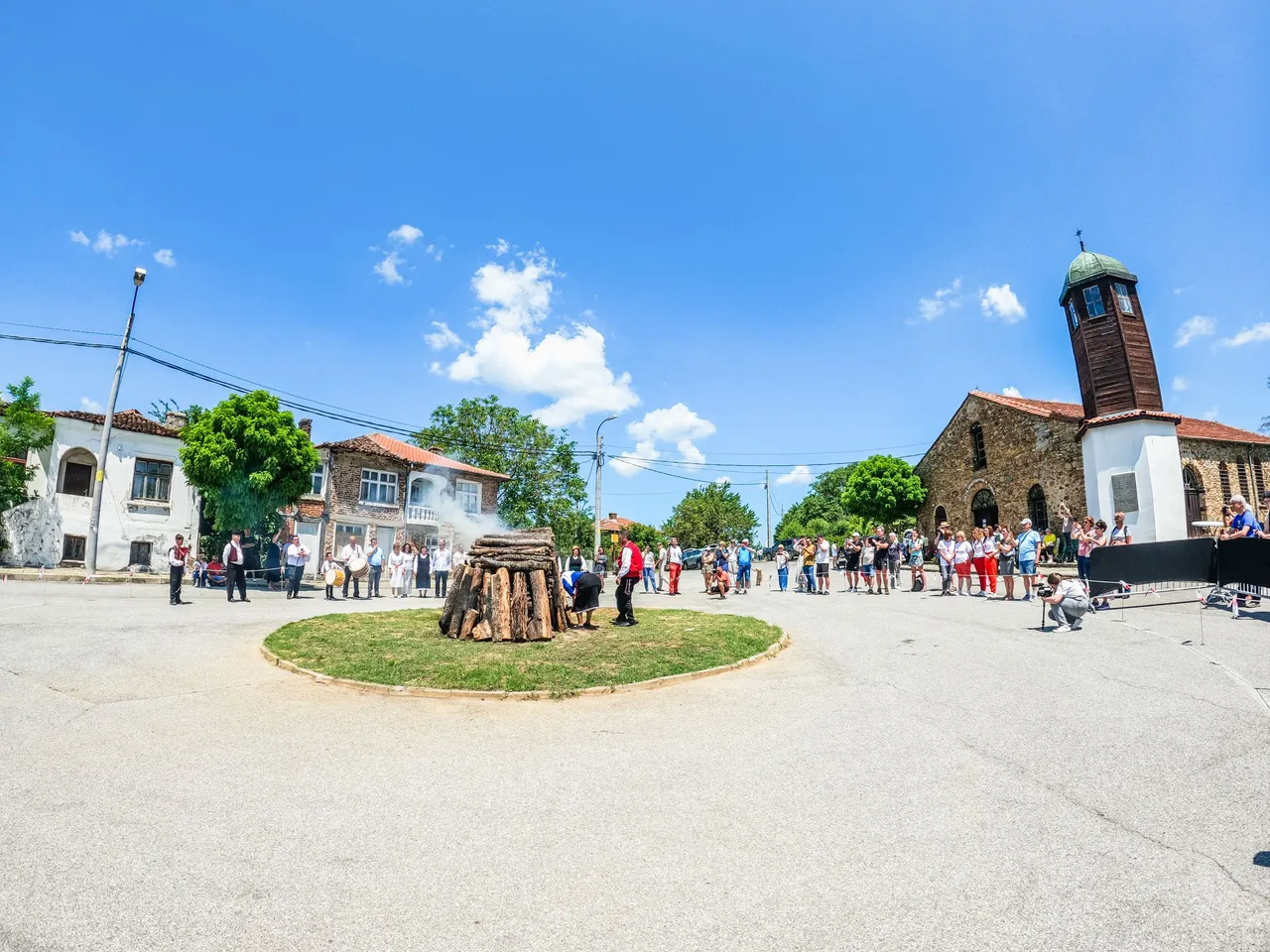
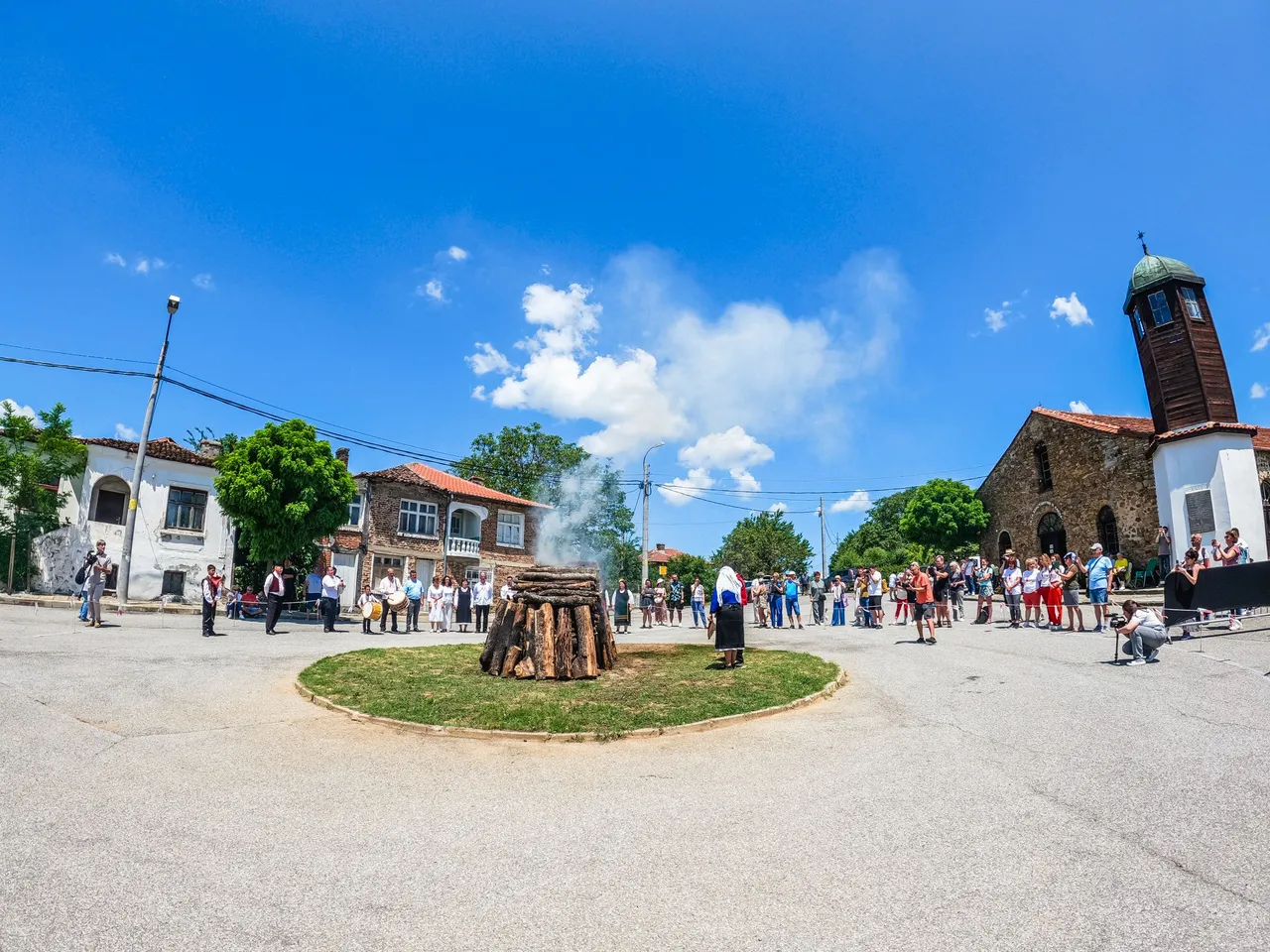
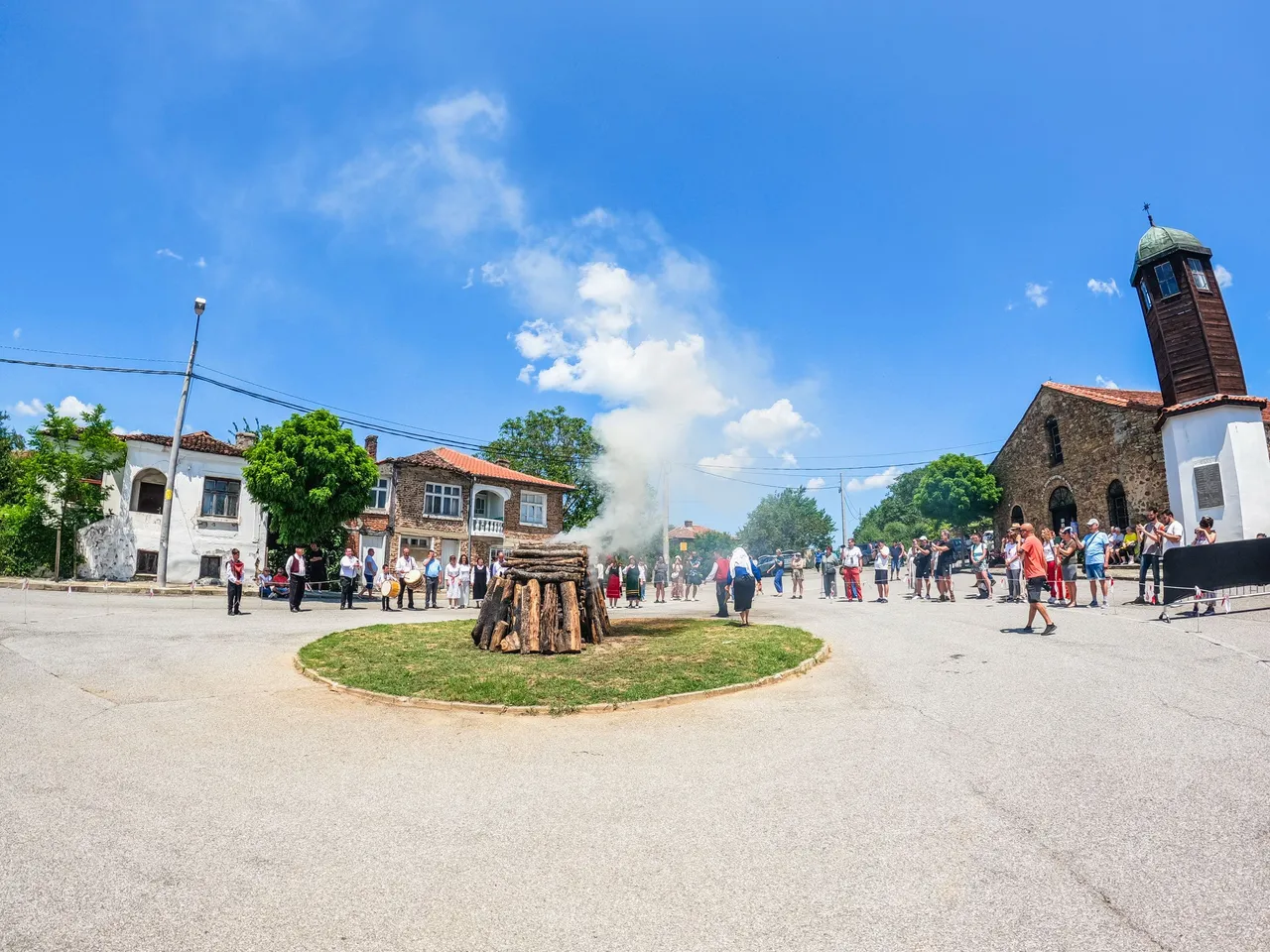
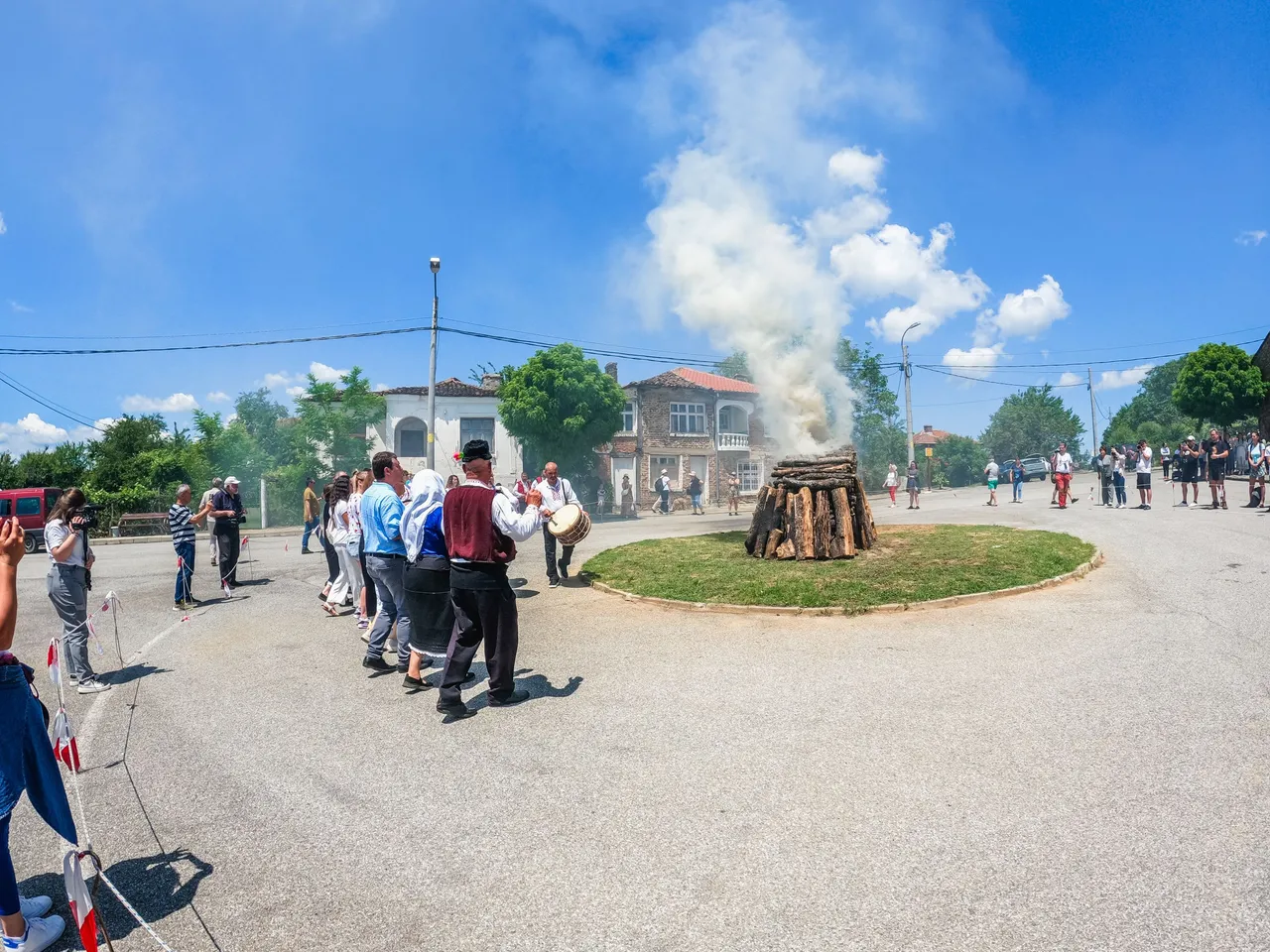
A horo dance was being played.
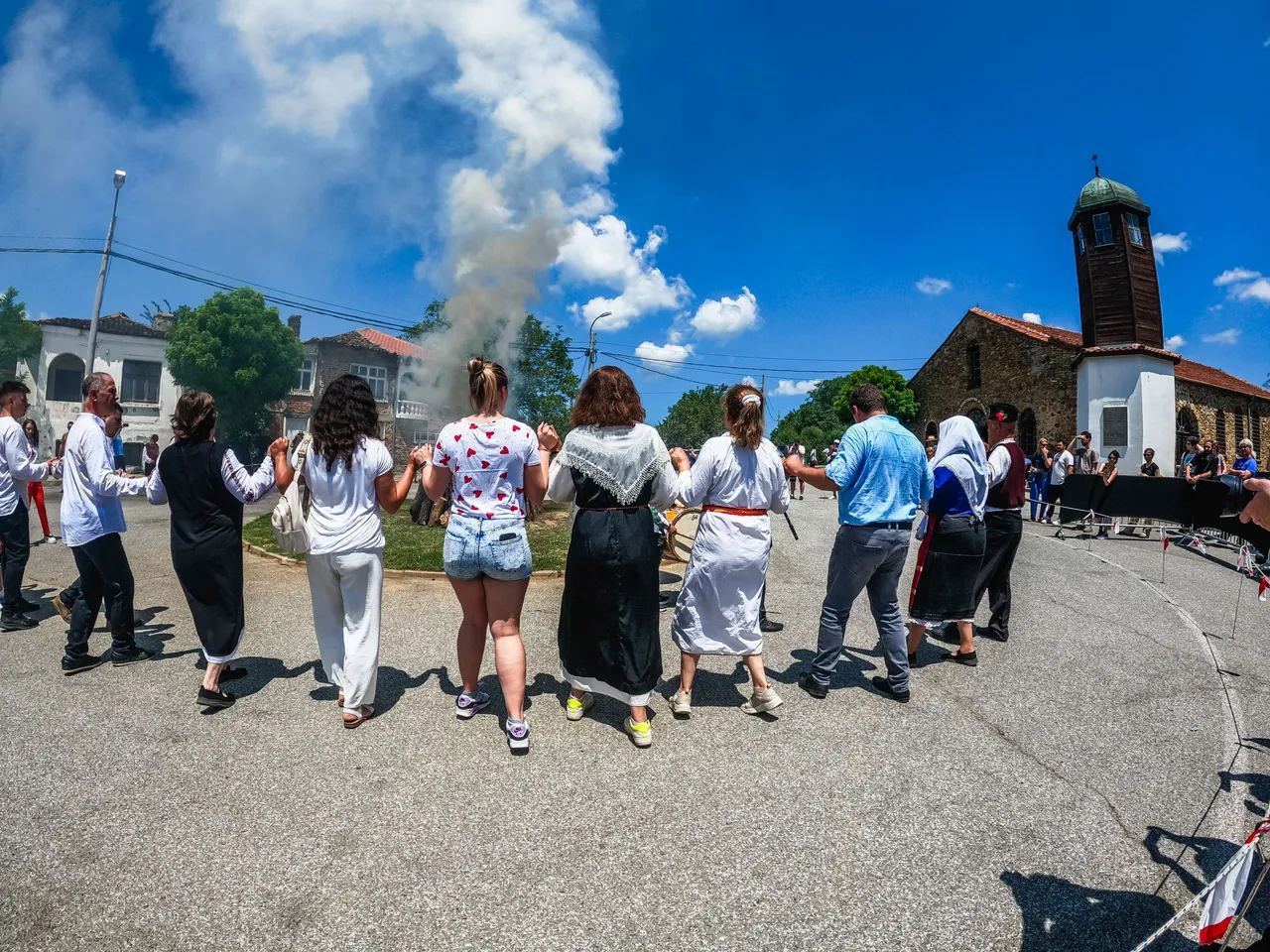
Preparations for the evening began, and during this time my friends and I took a walk around the village.
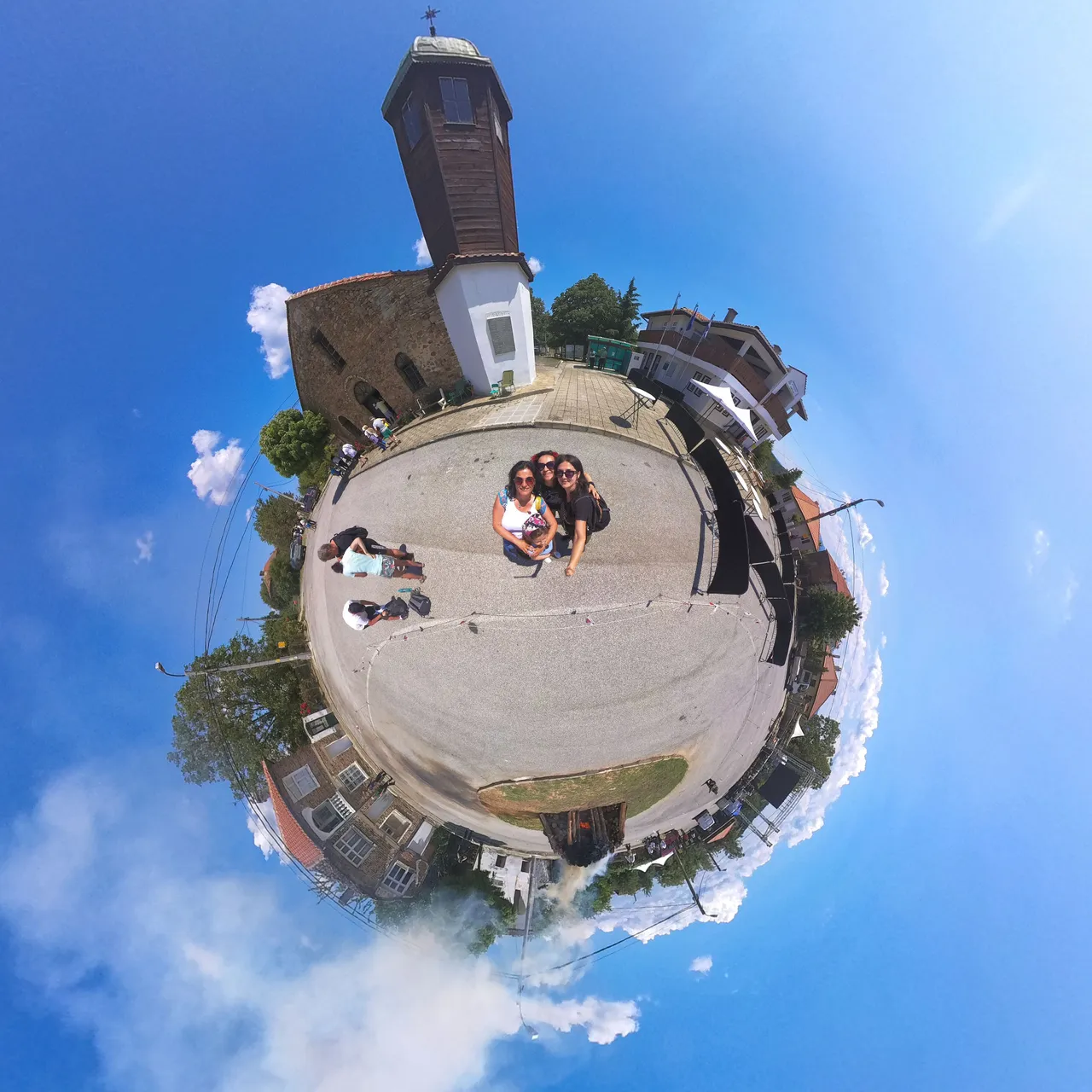
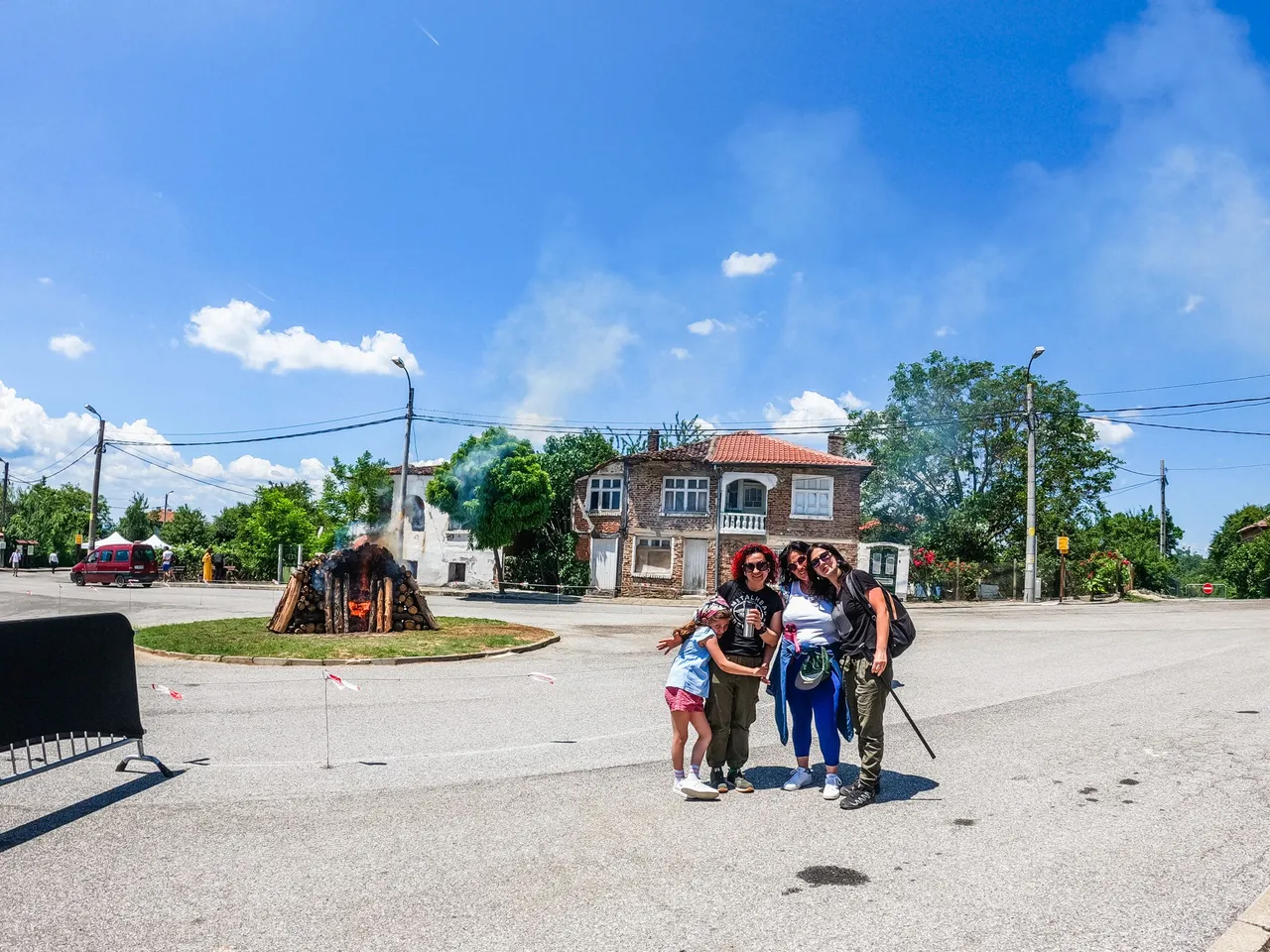
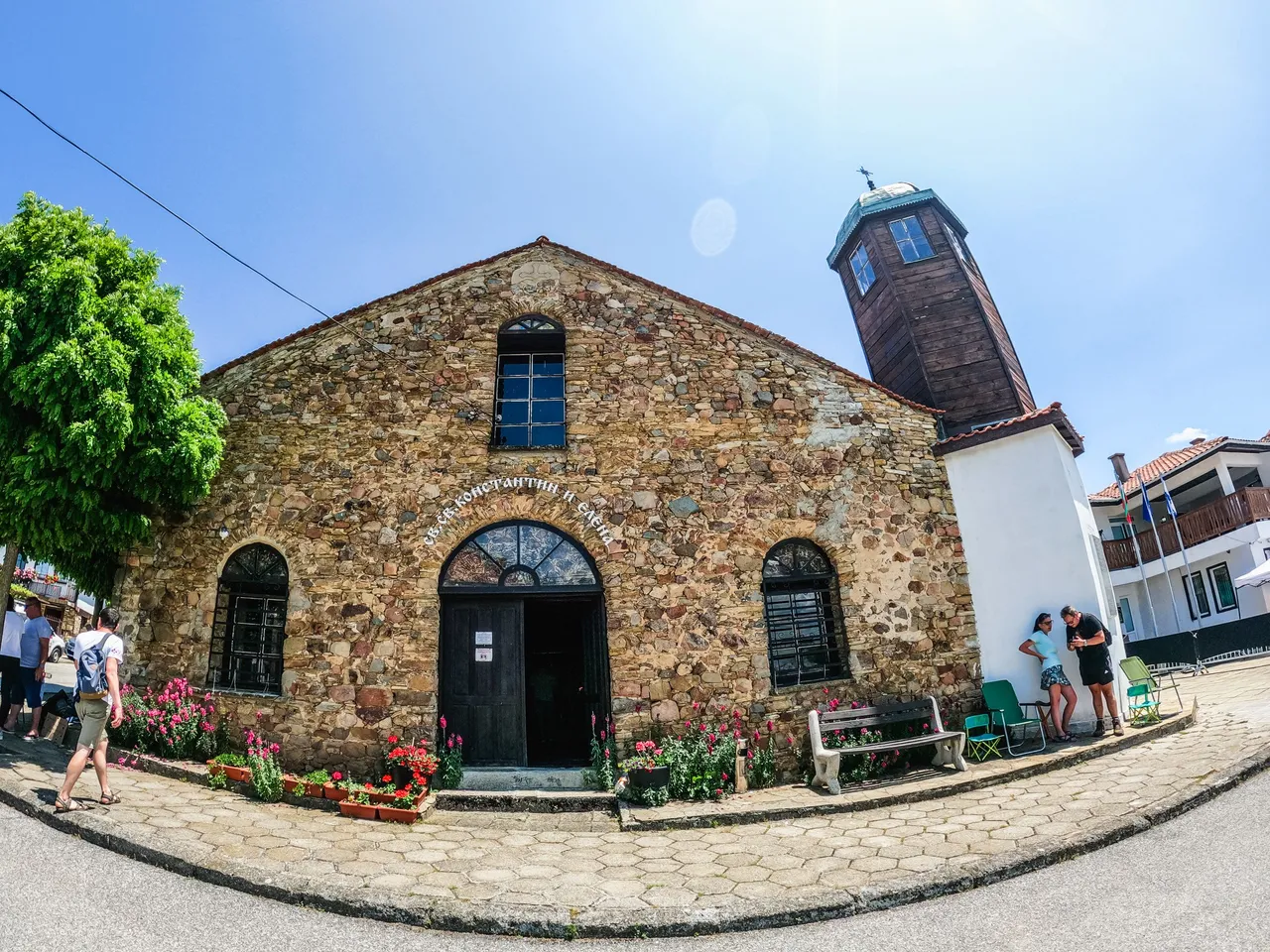
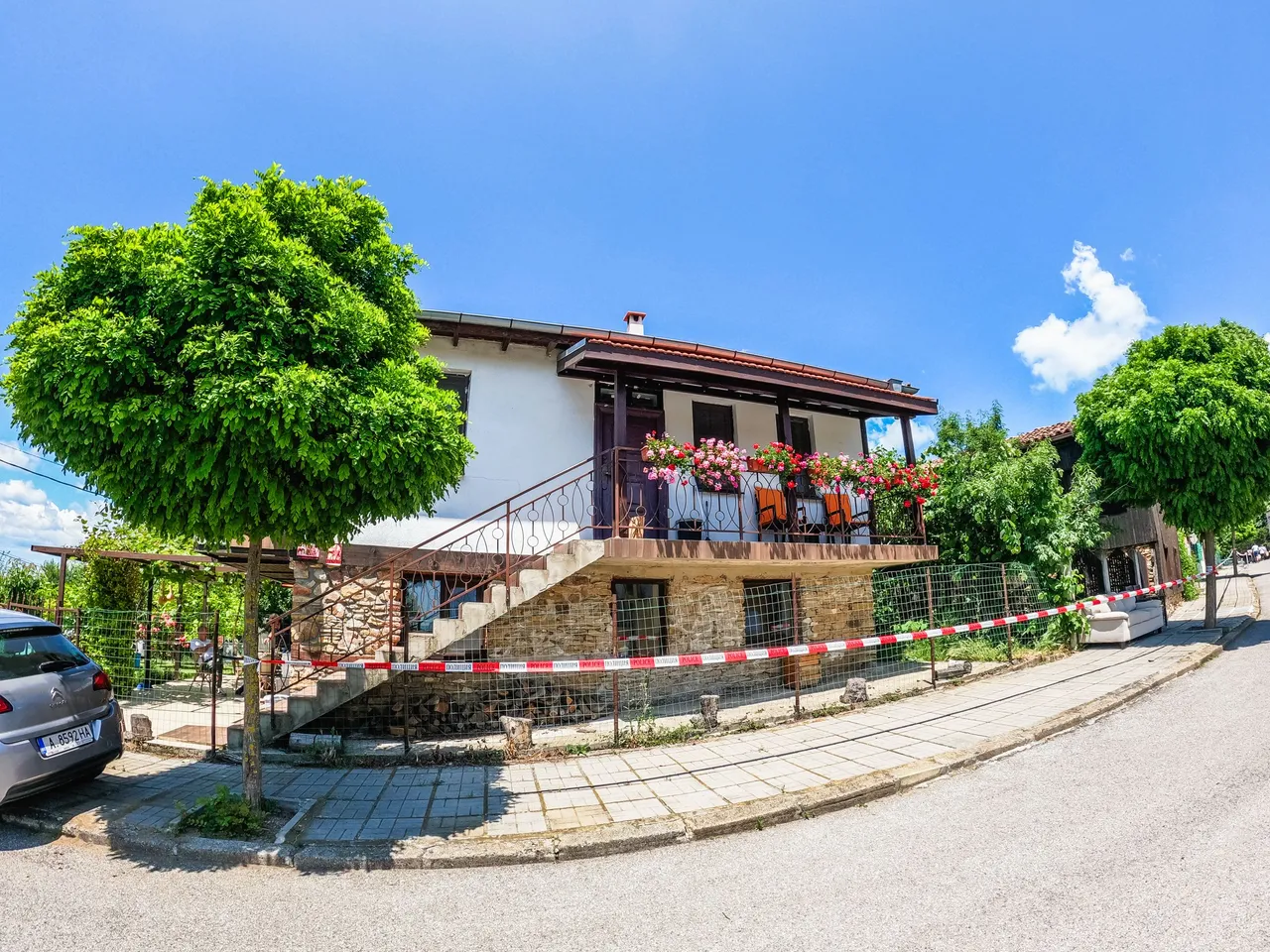
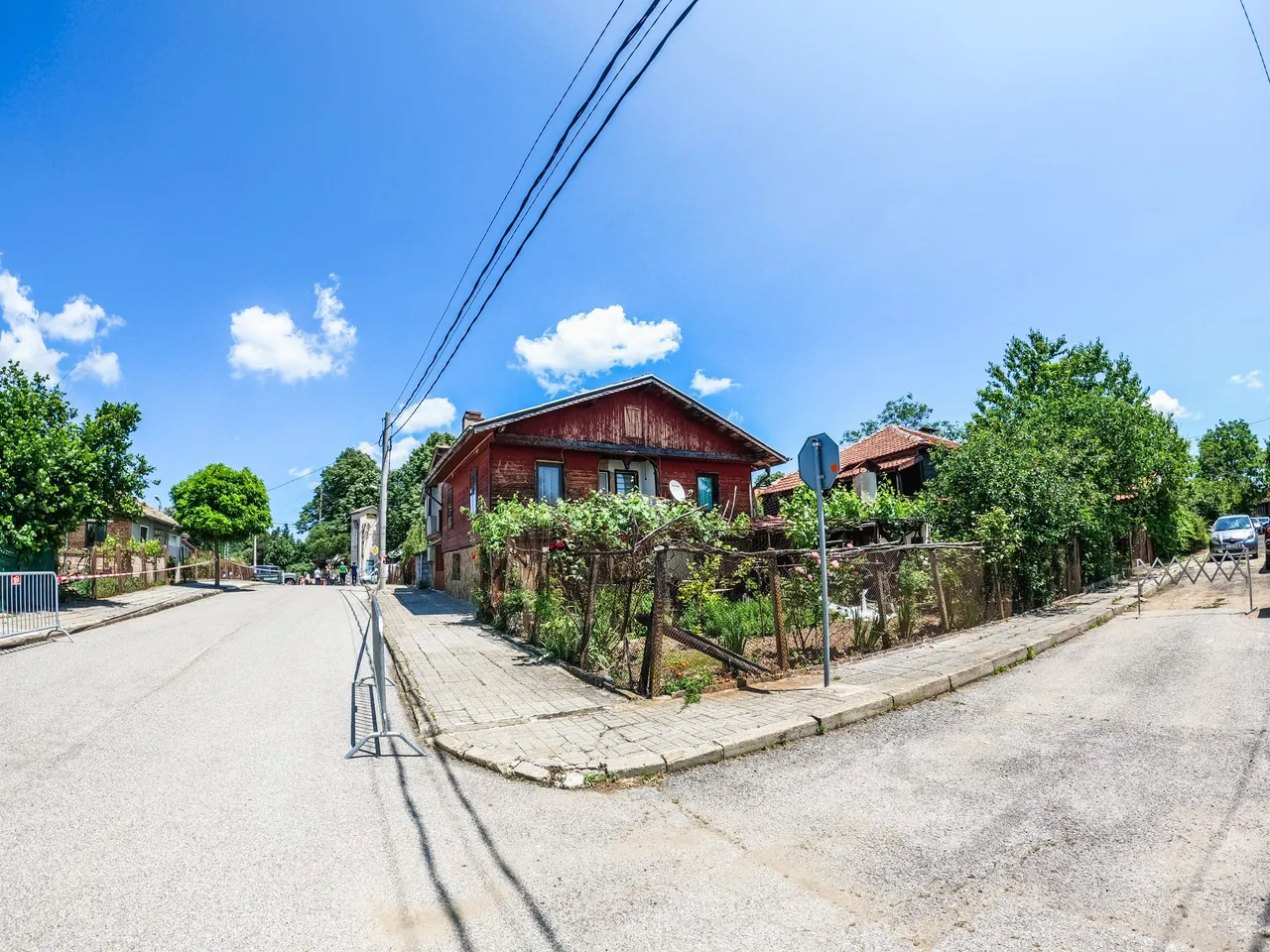
We met people of all ages dressed in different folk costumes.

In the village there was a charity table with home-cooked food prepared by the local people.
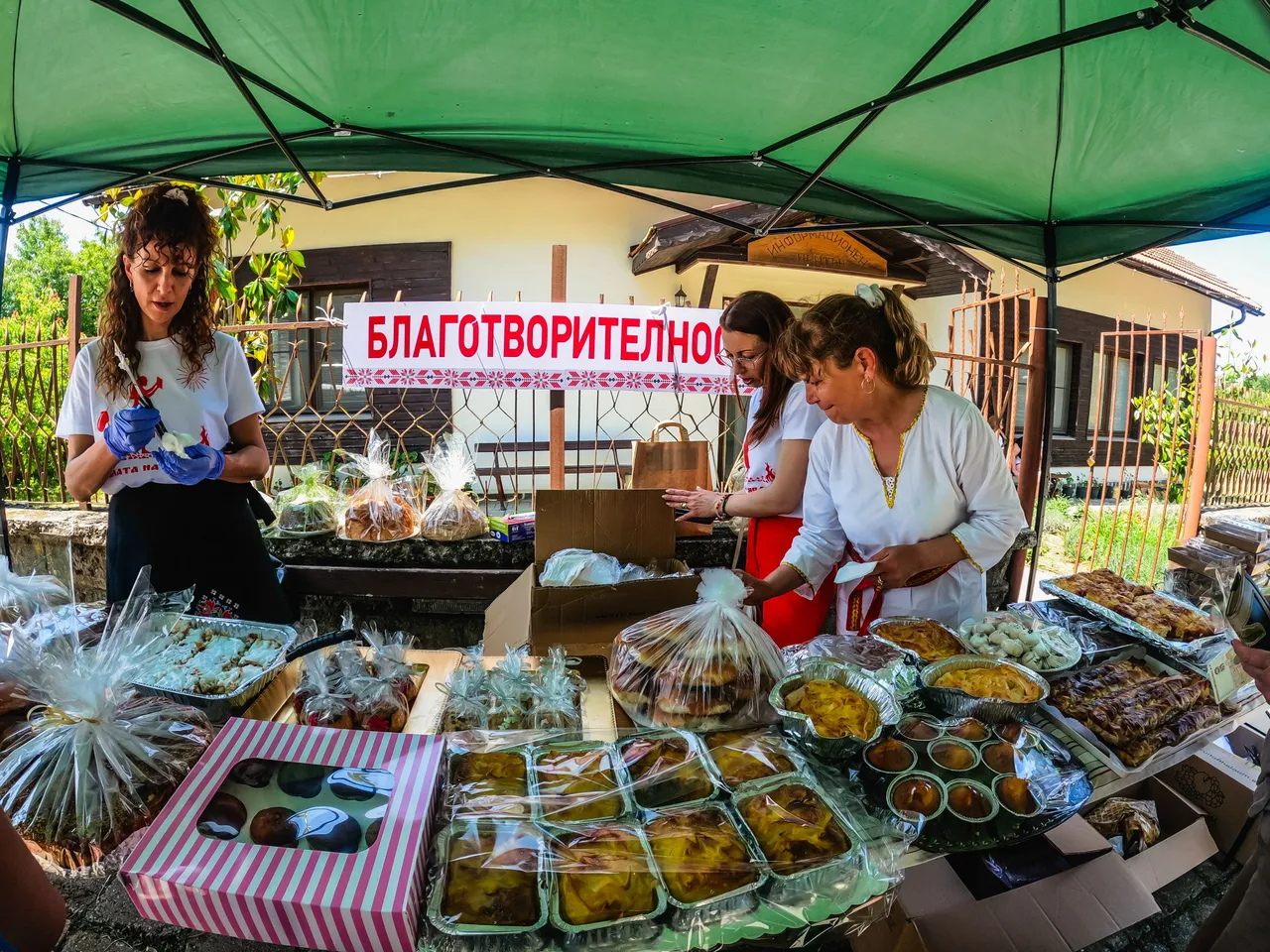
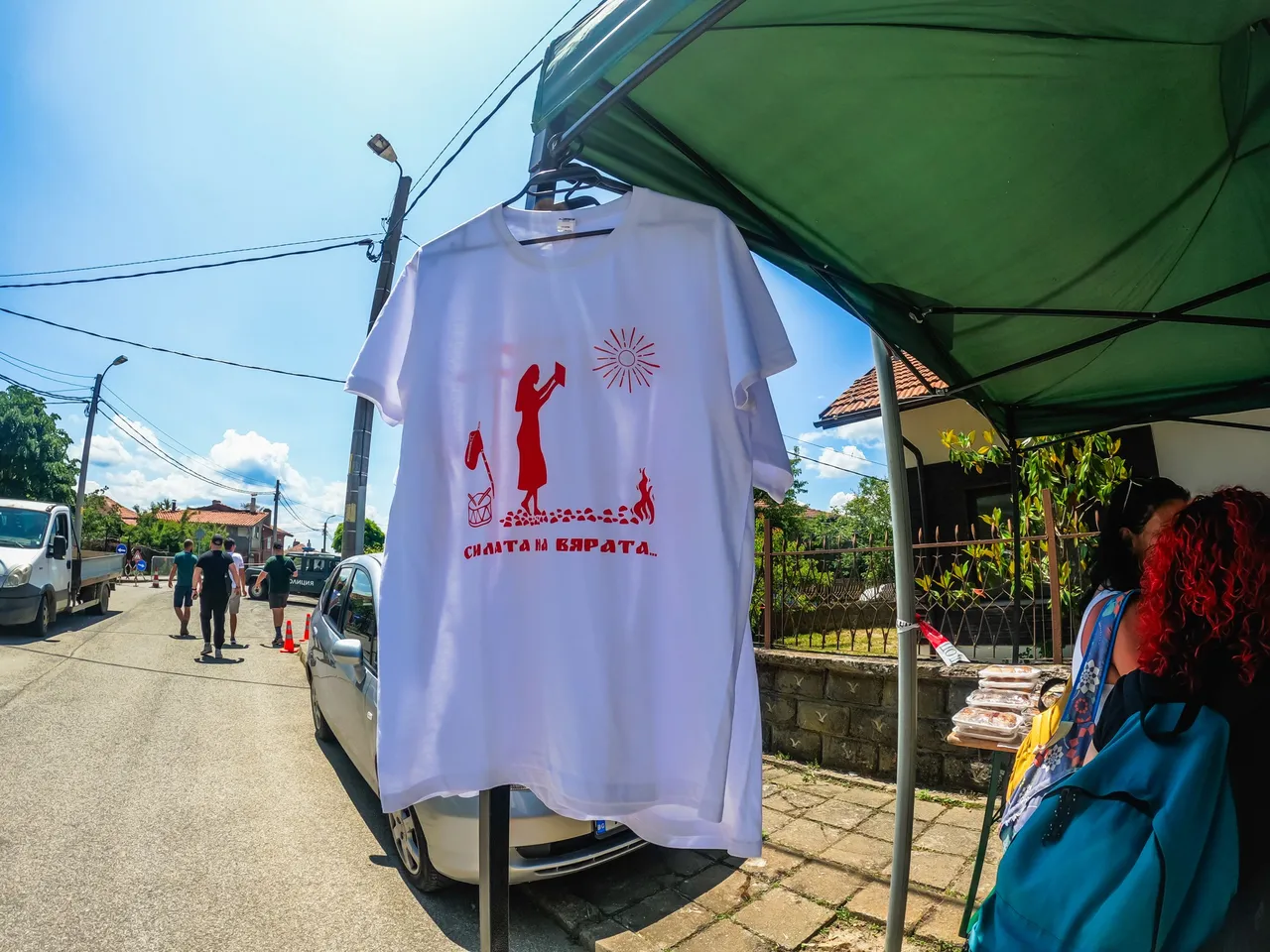
There was also a section where food, drinks and other things were offered.
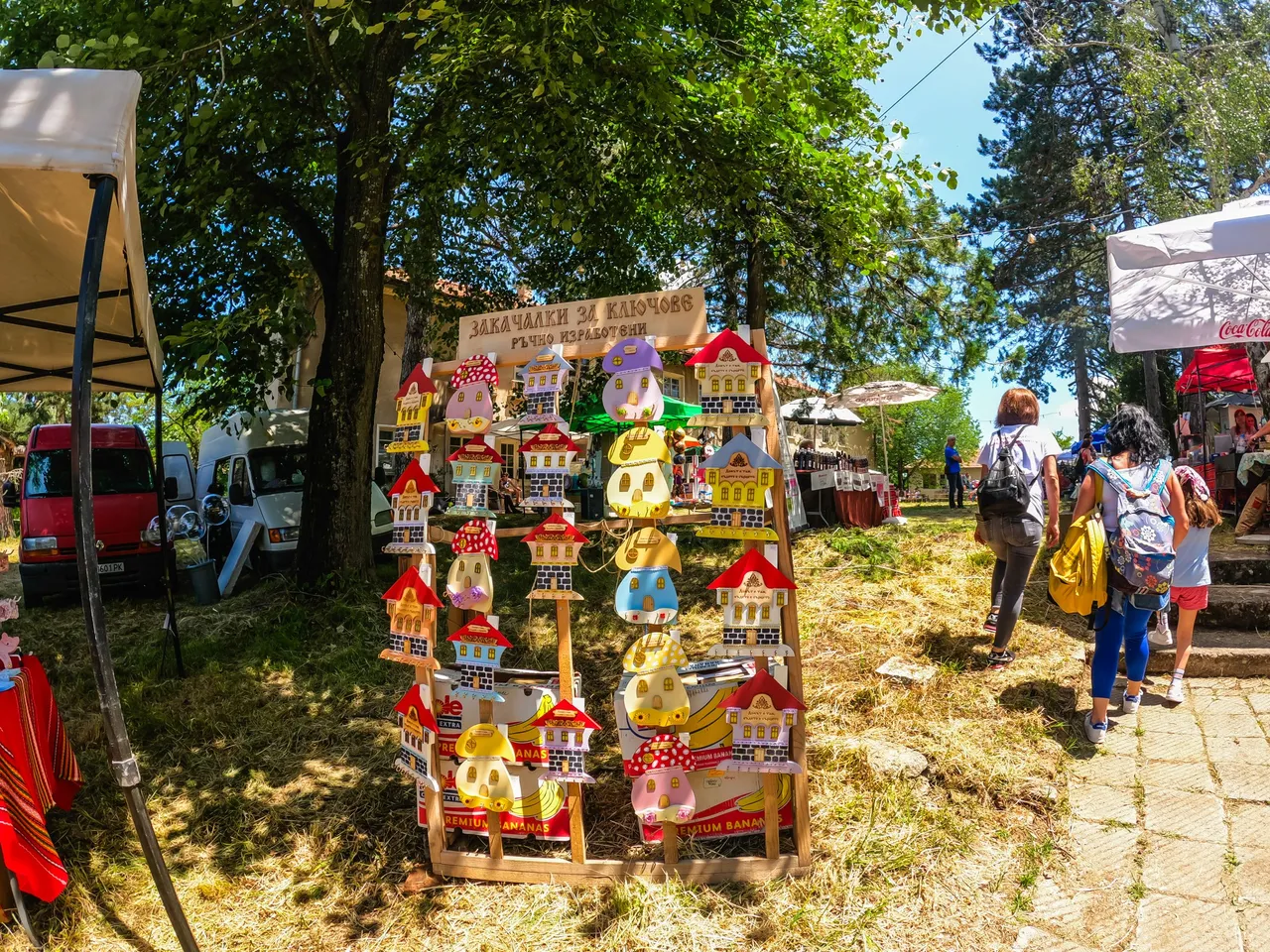
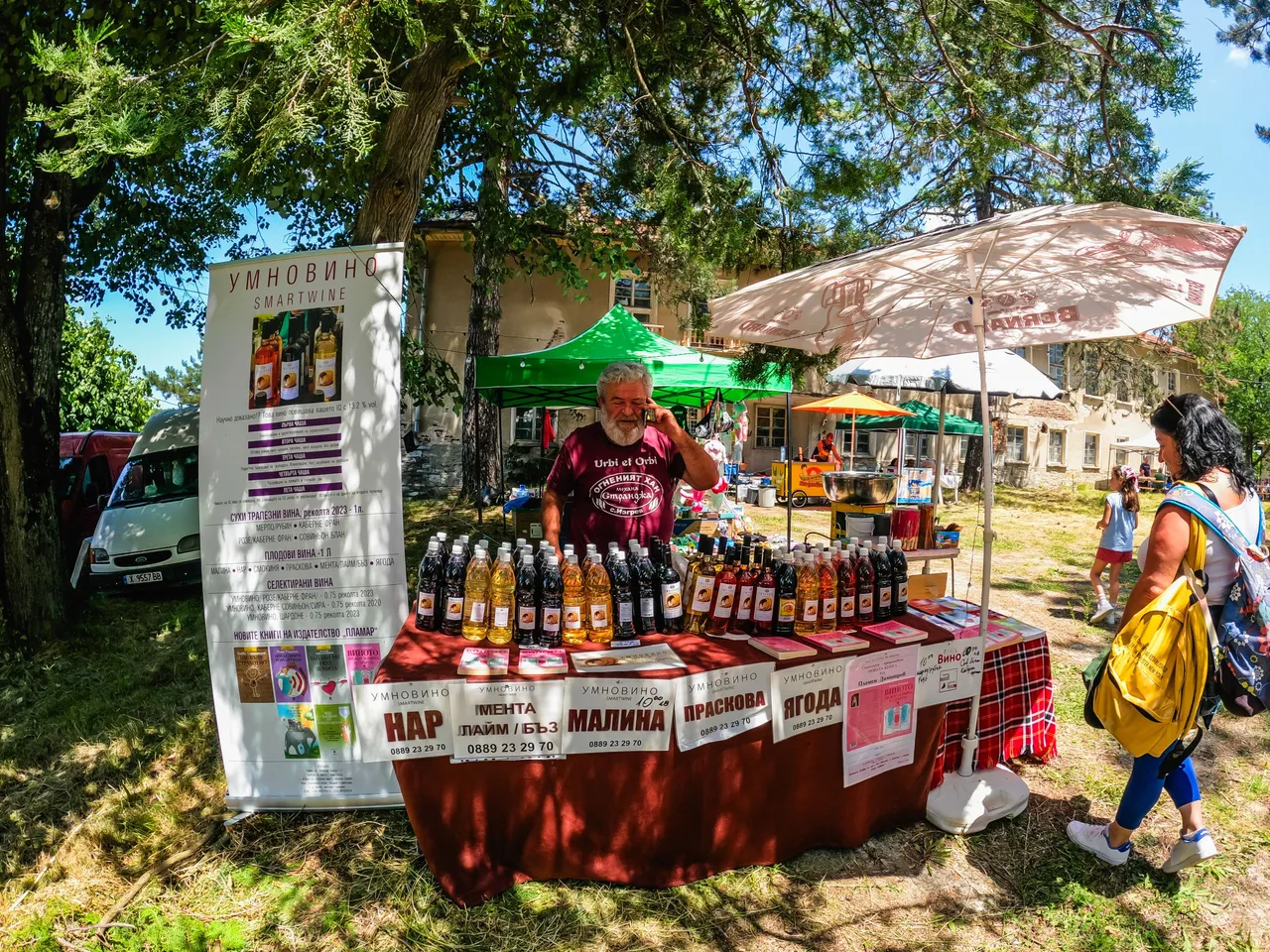
Nearby there was a meadow with several tents.
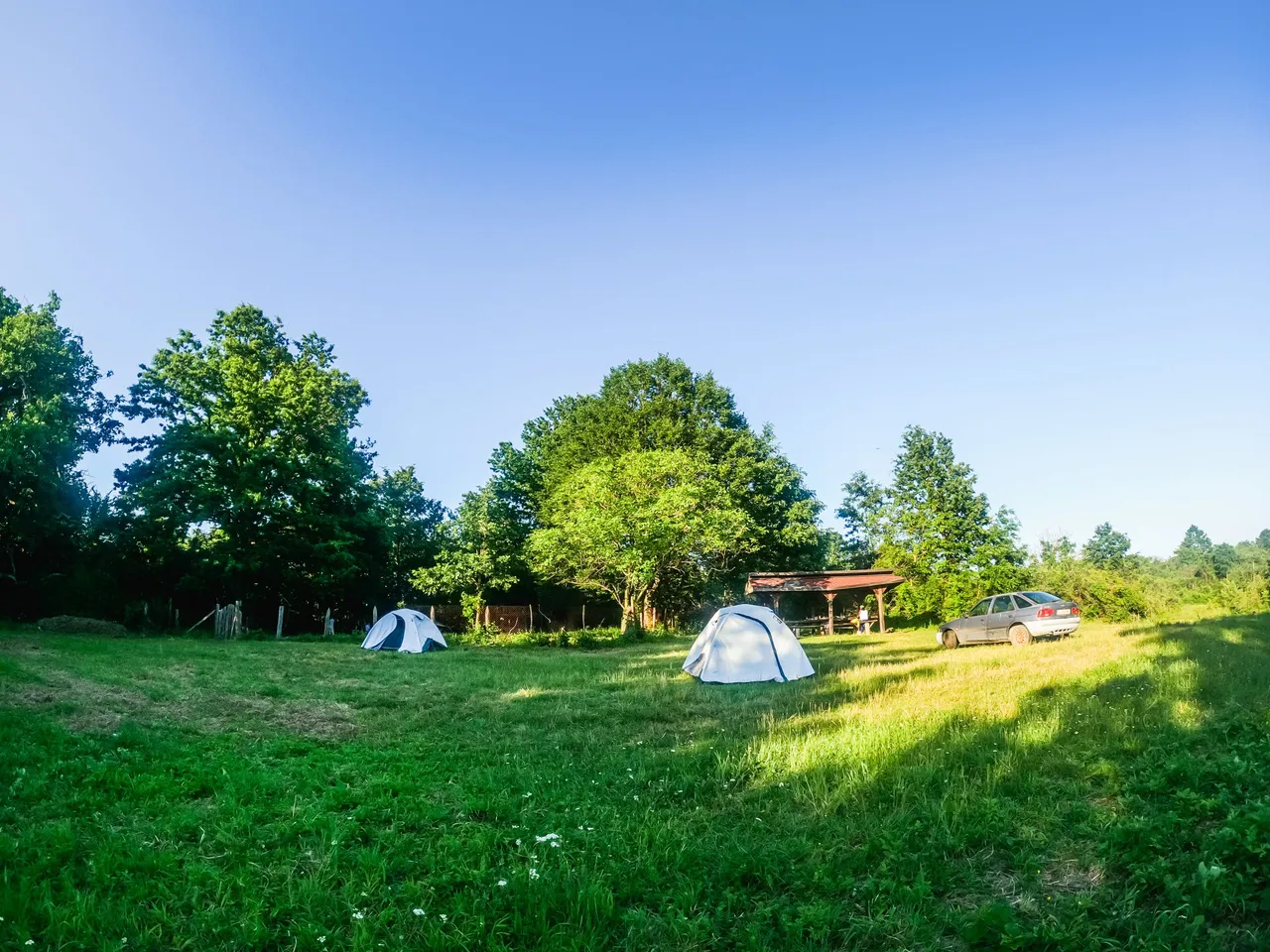
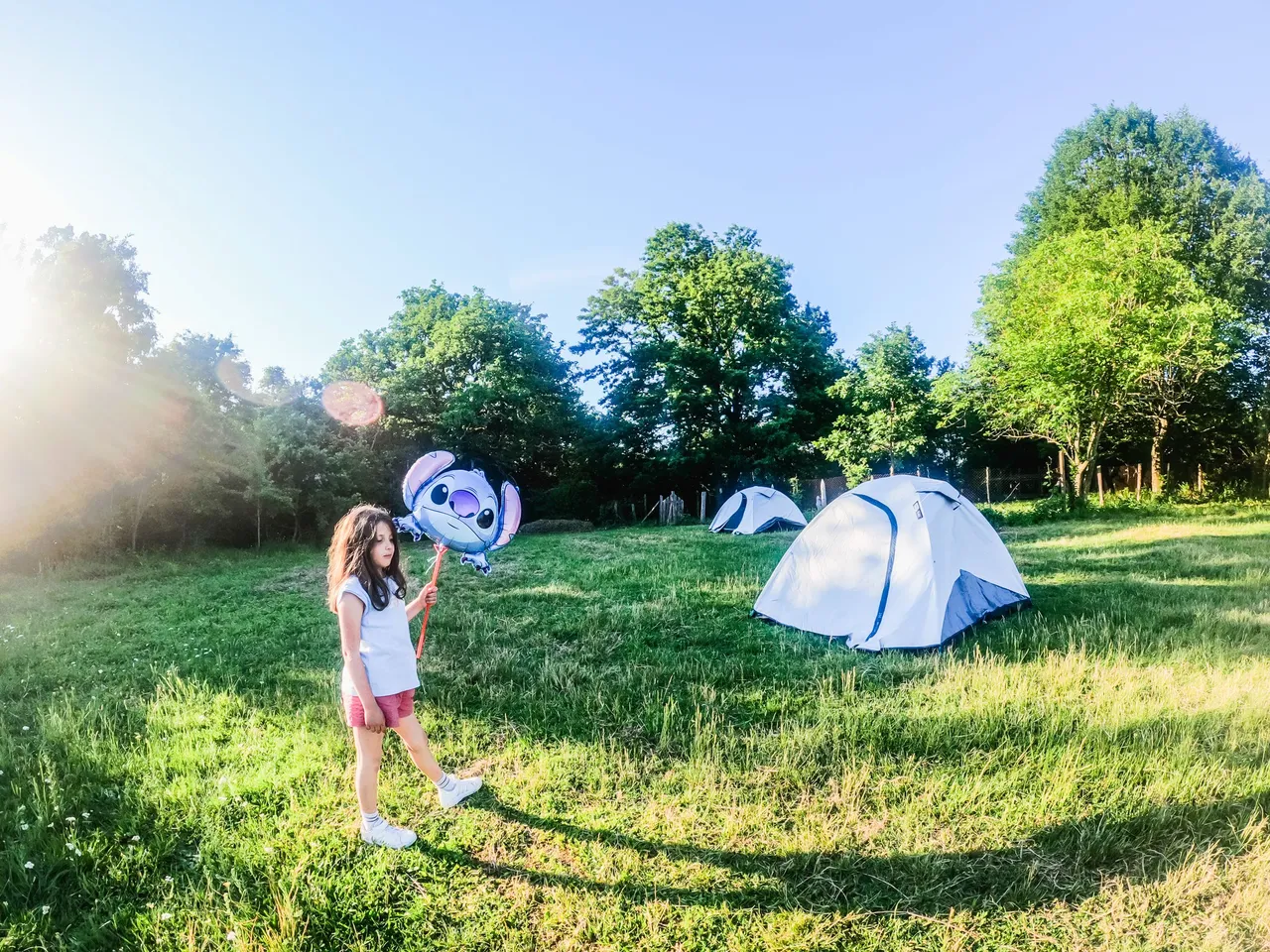
As the day progressed, more people arrived in the village.
By early afternoon, the circle around the fire was starting to fill up.
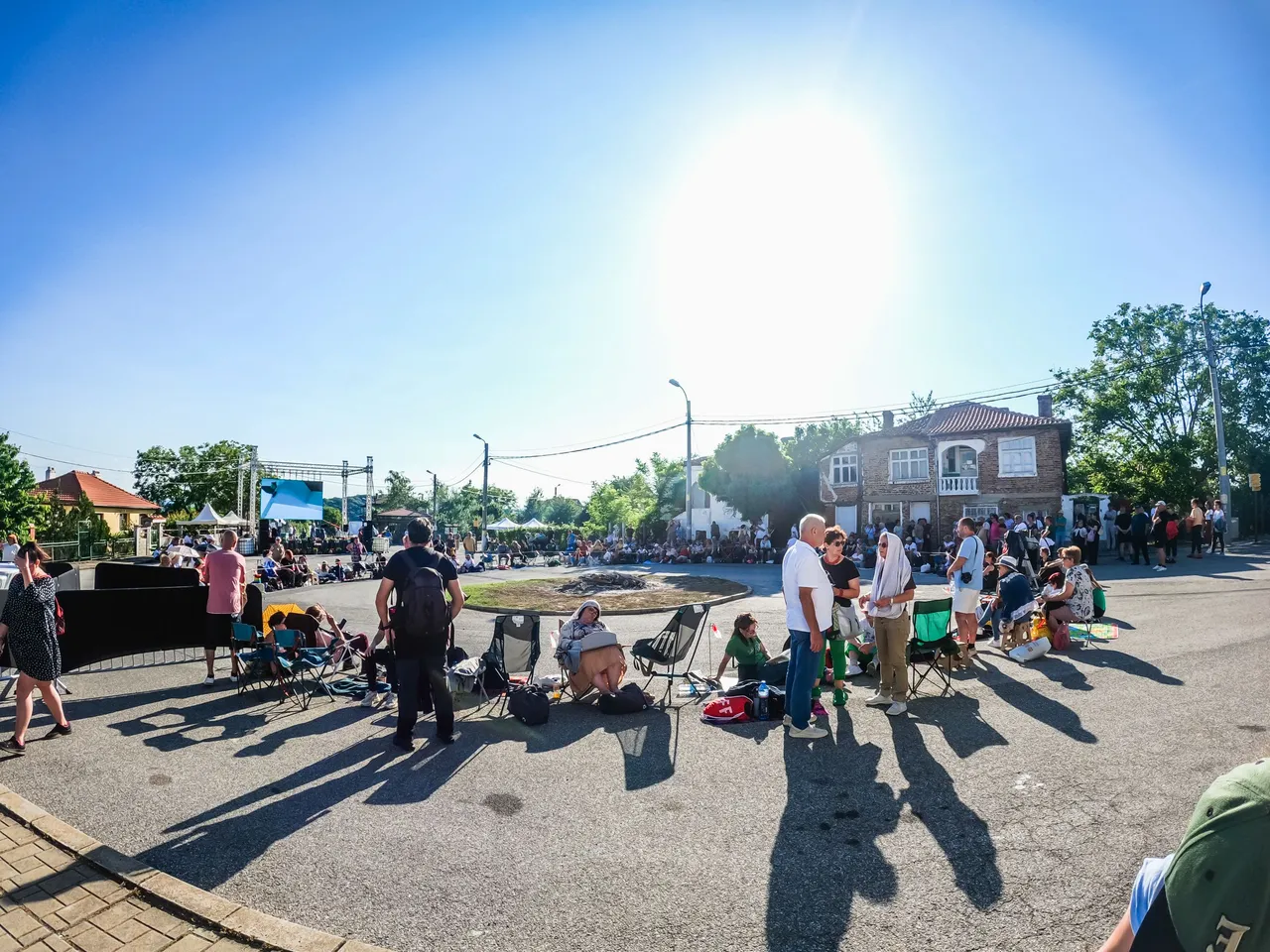
A large stage was being built on which folk music would be performed.
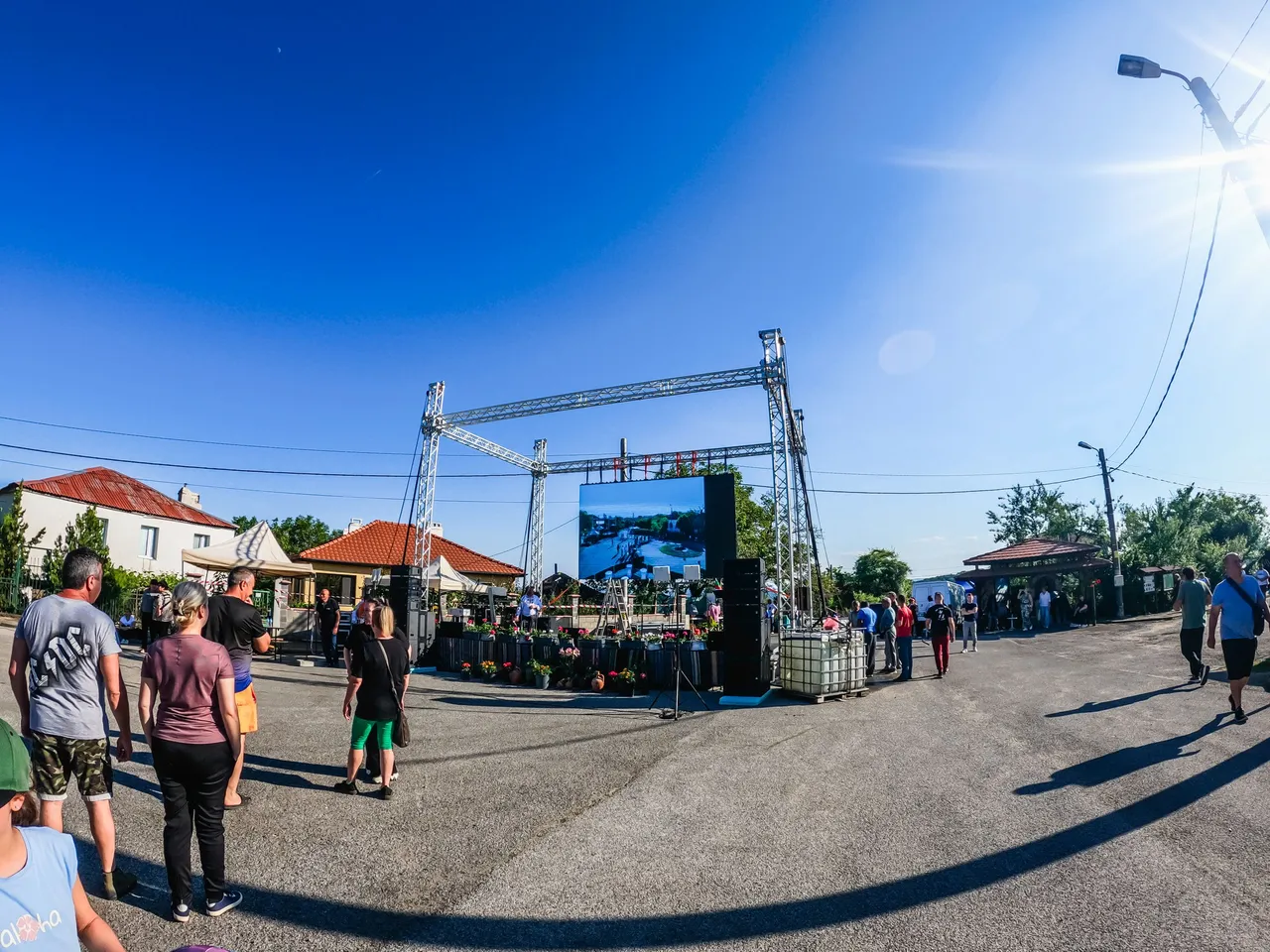
In the late afternoon, the fire was burned and only a embers was left.
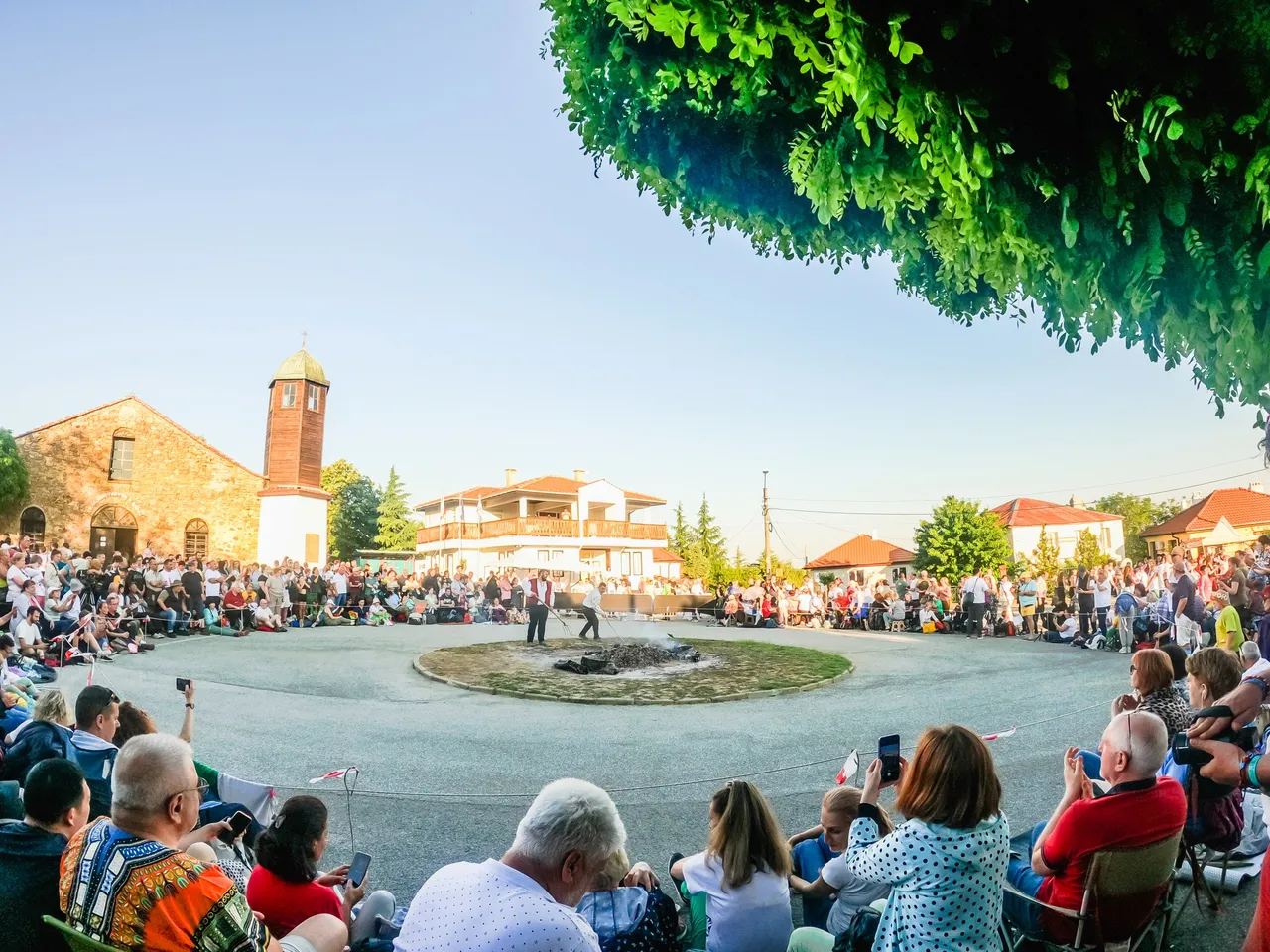
A festive program had begun and the sun was about to set.
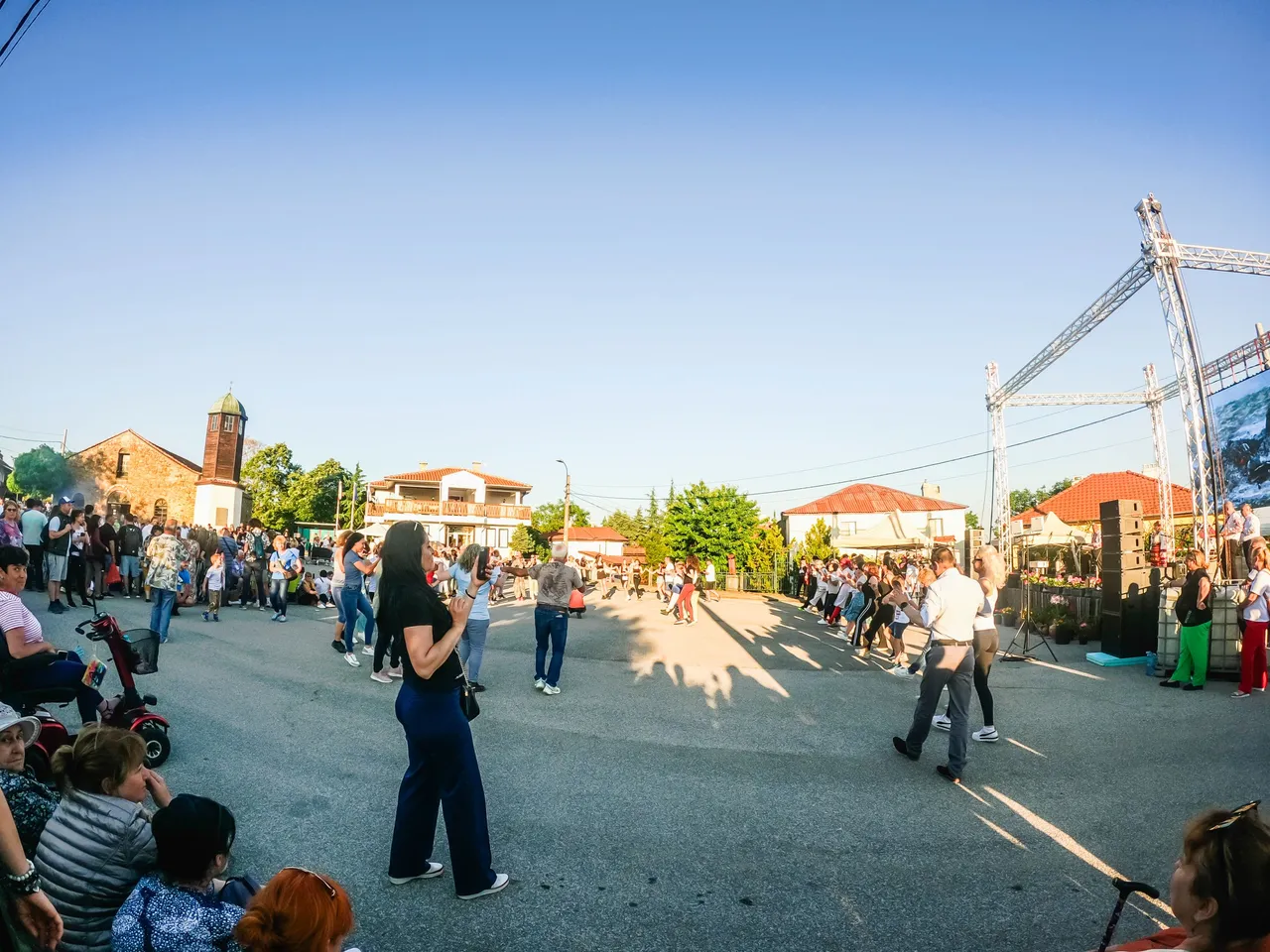
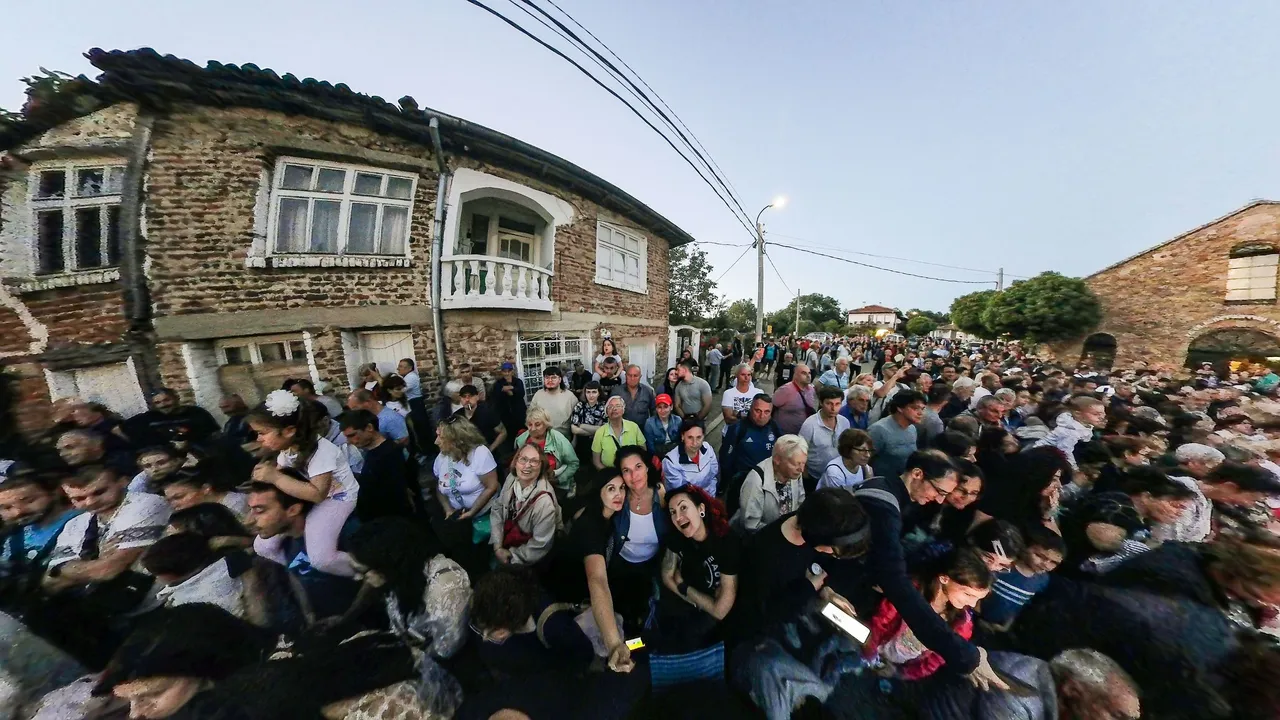
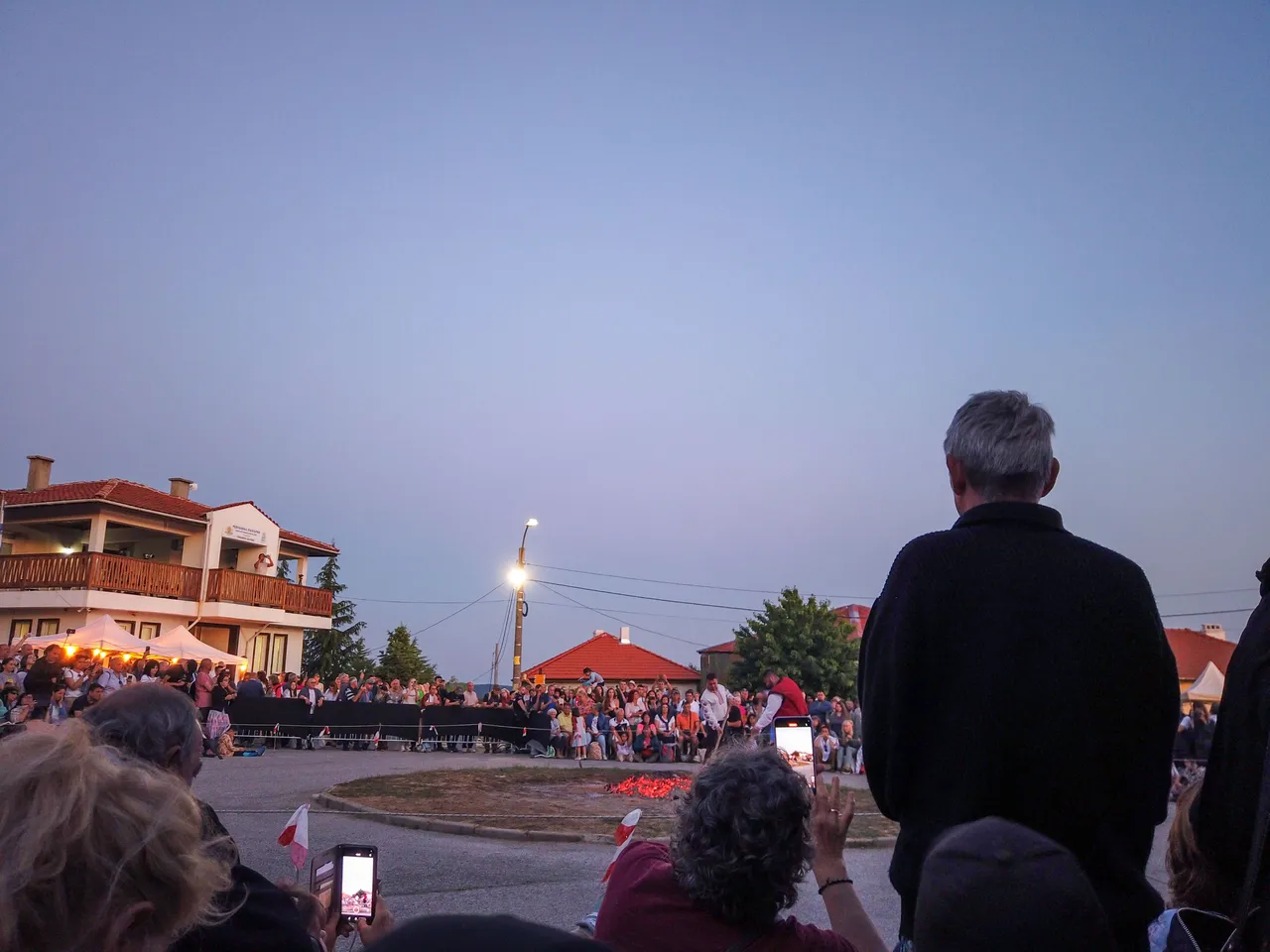
At around 10 pm, the Nestinari entered around the circle. To the sounds of the bagpipes and the sacred drum, they performed their dance "captured" by the spirit.
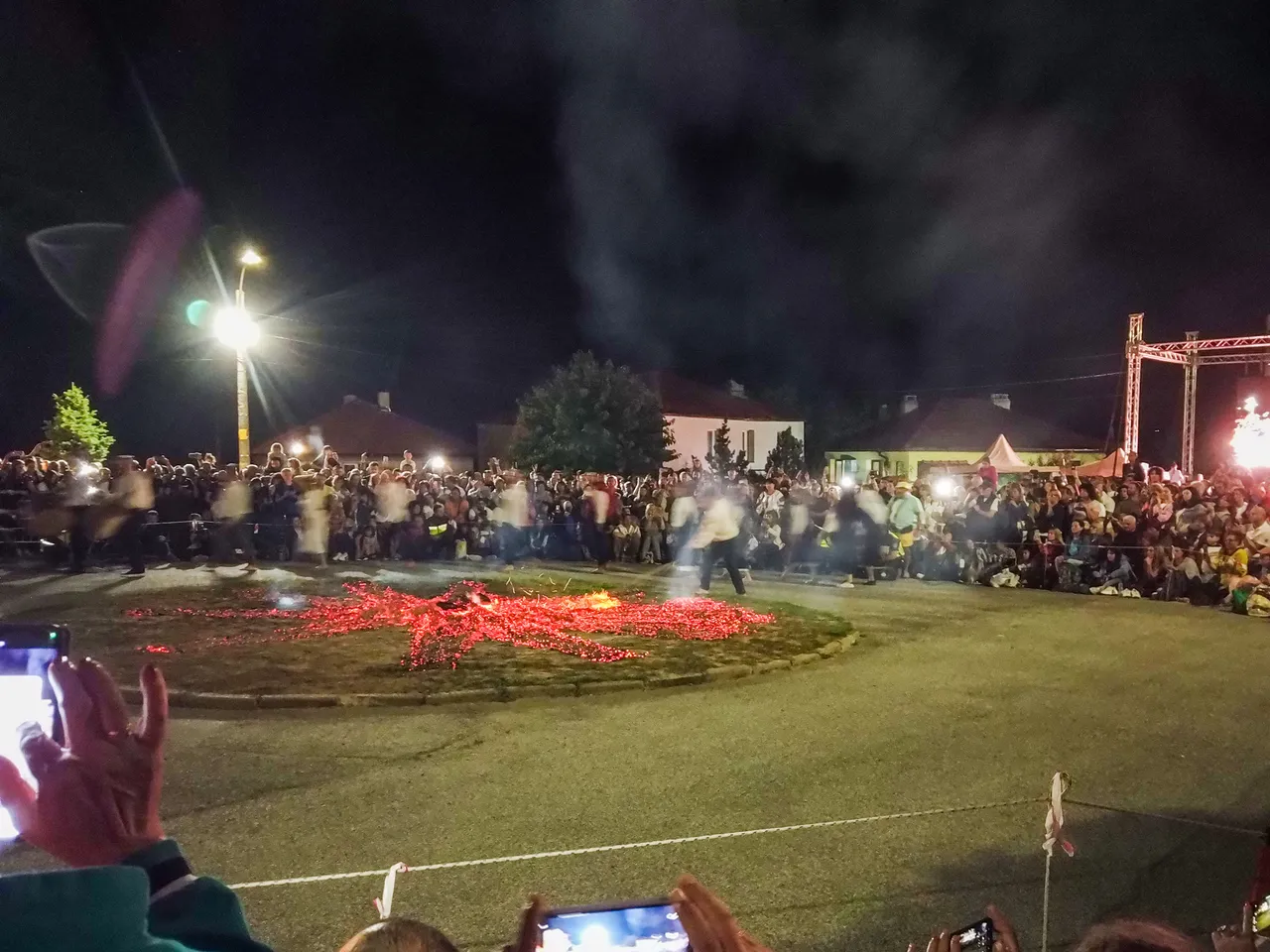
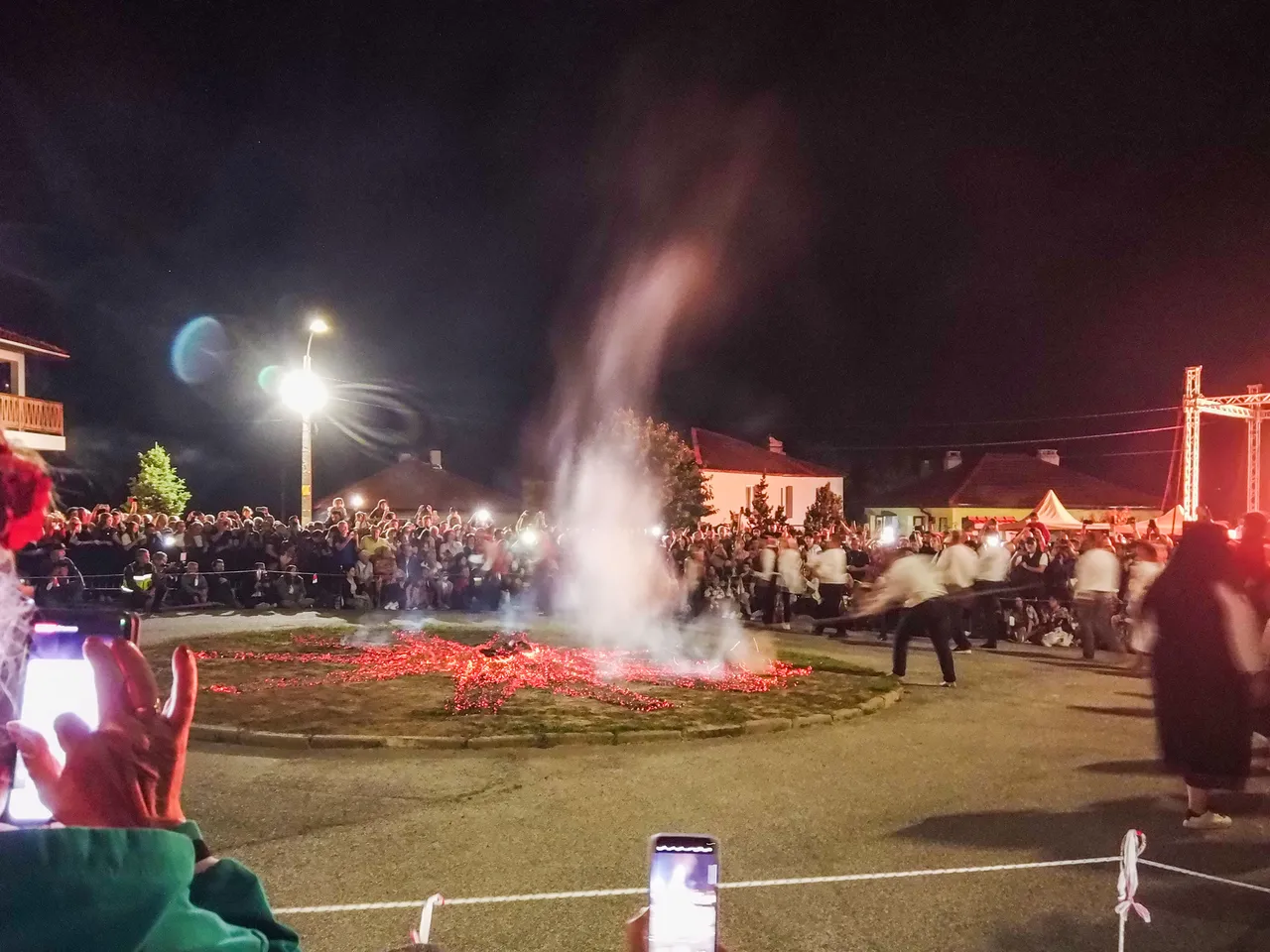
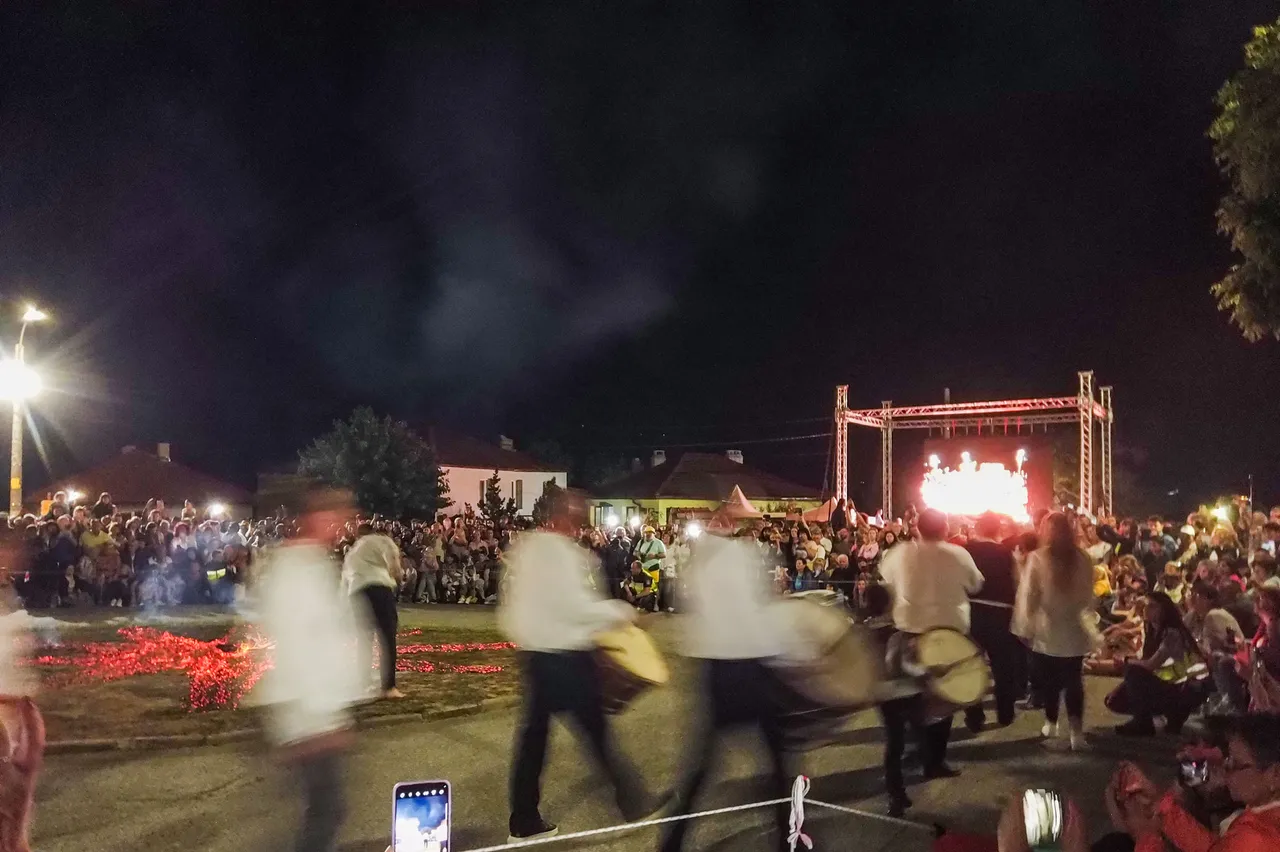

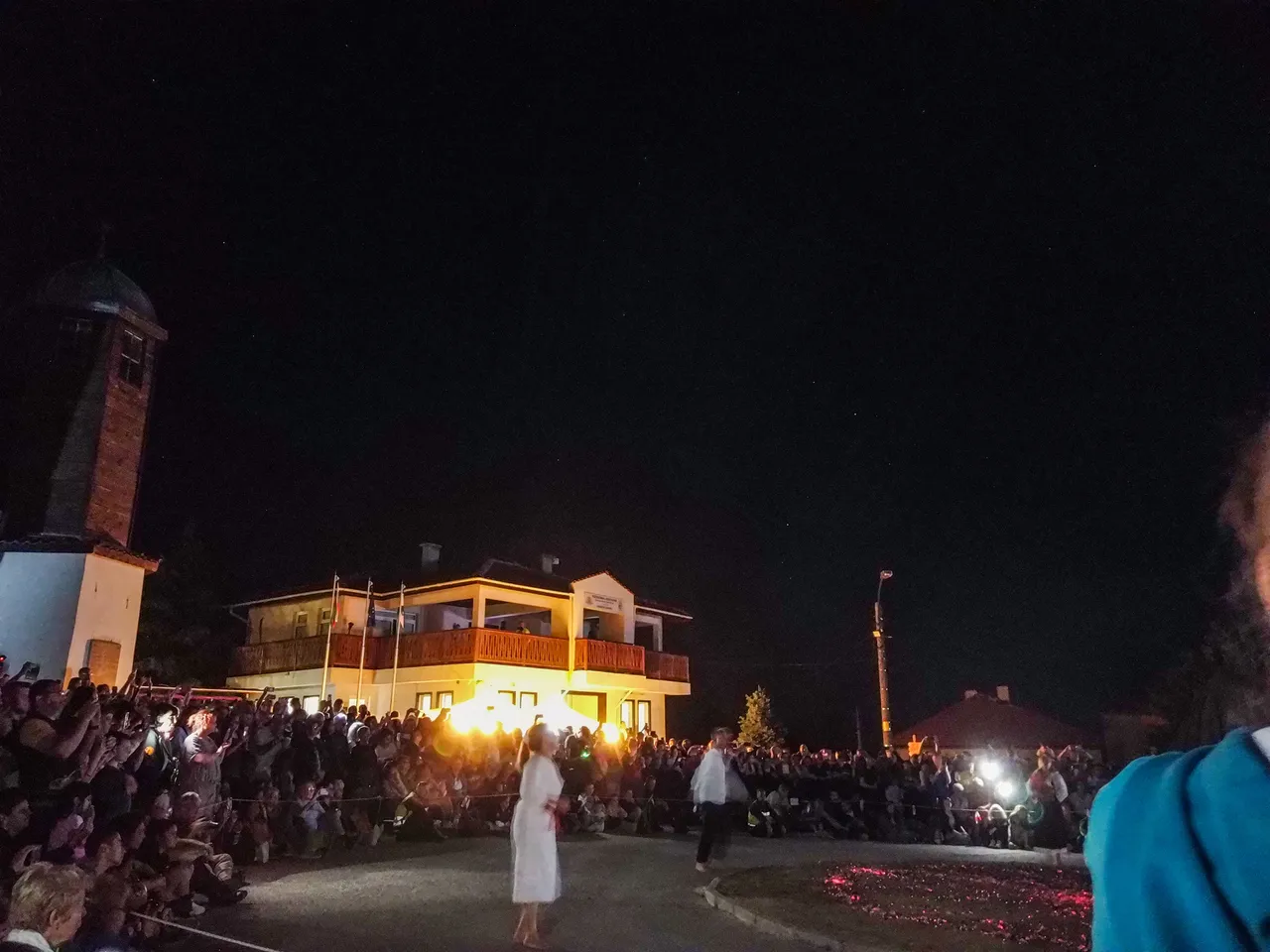
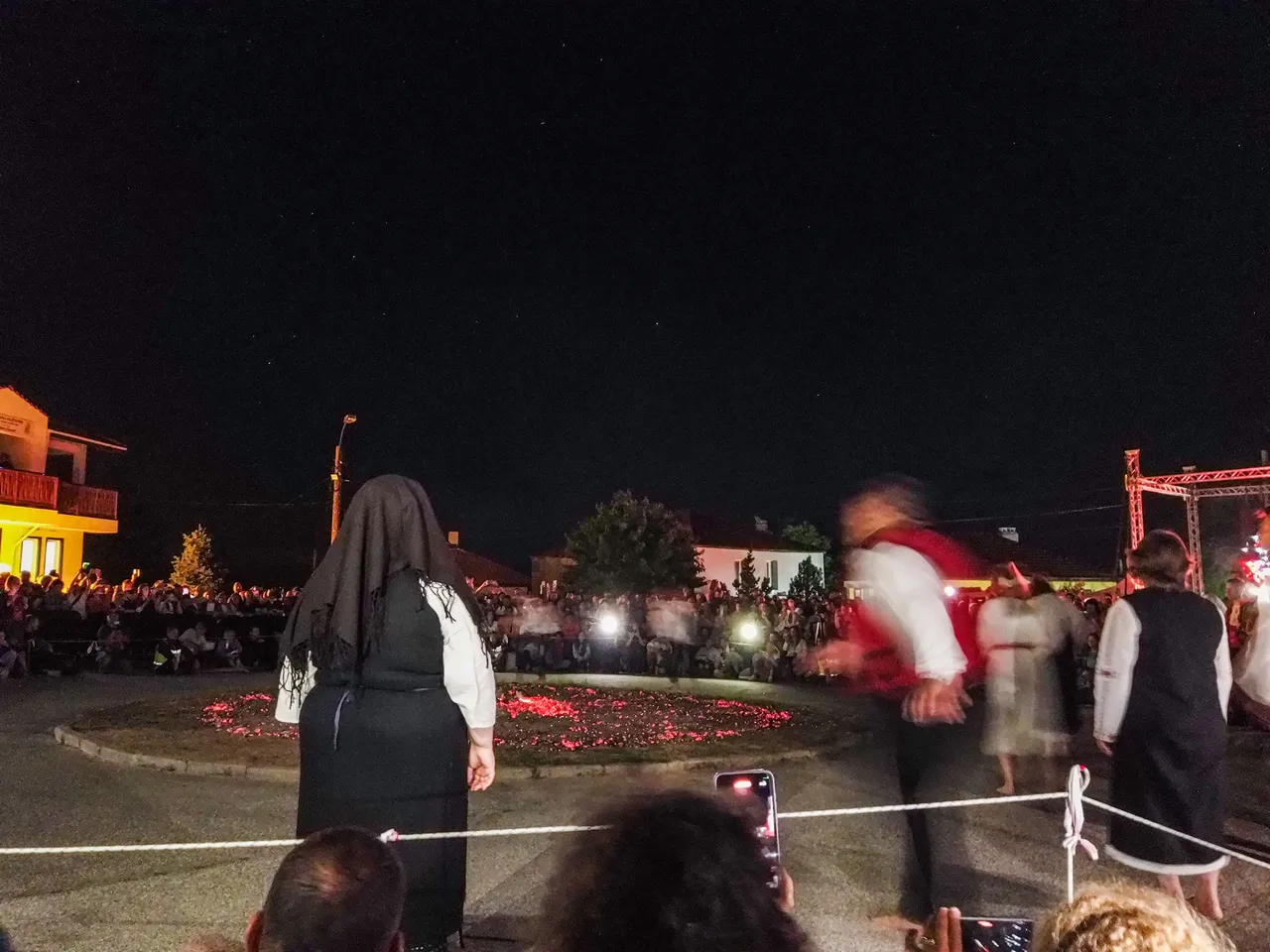
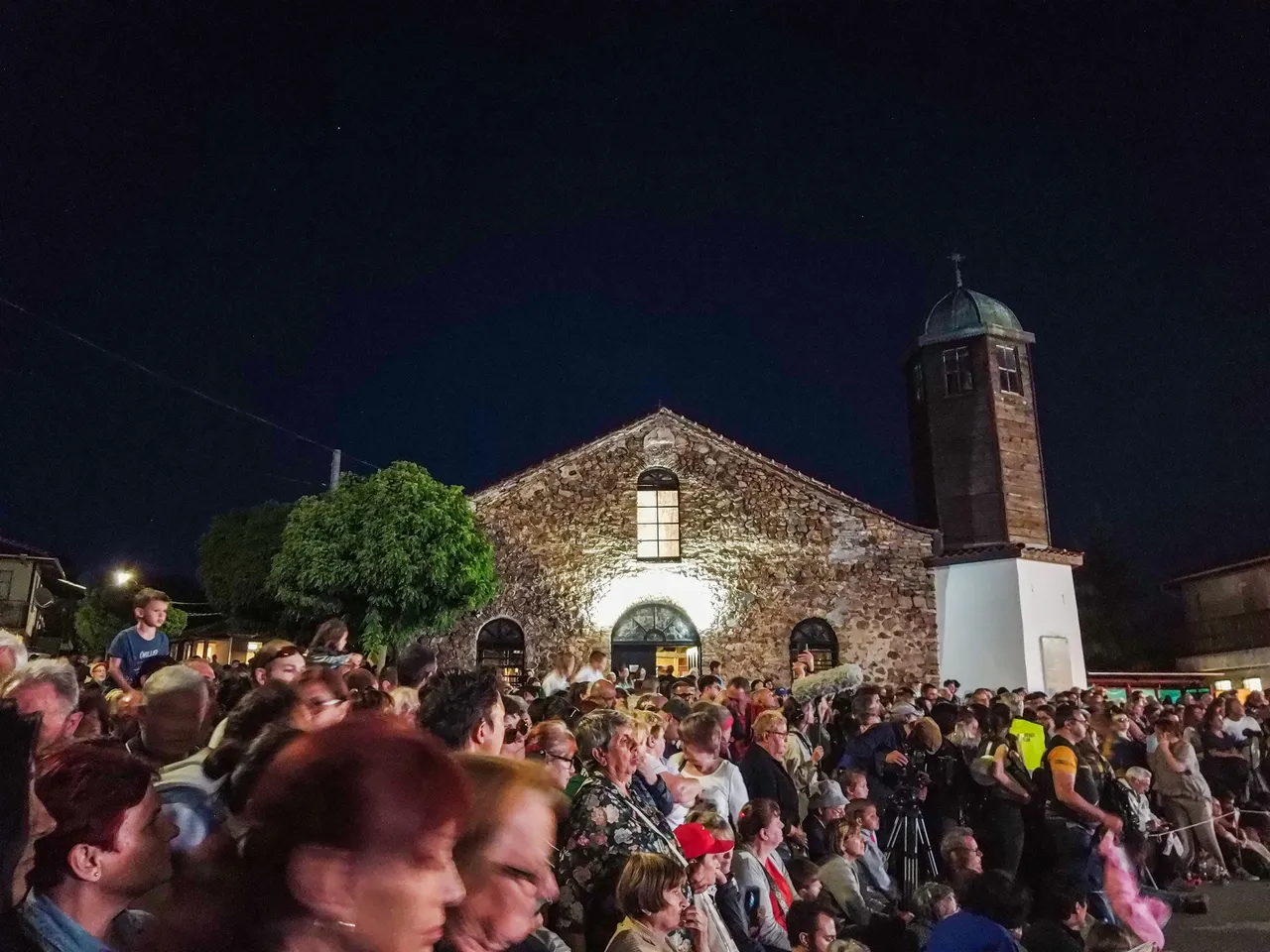
The celebration ended with a big horo dance.
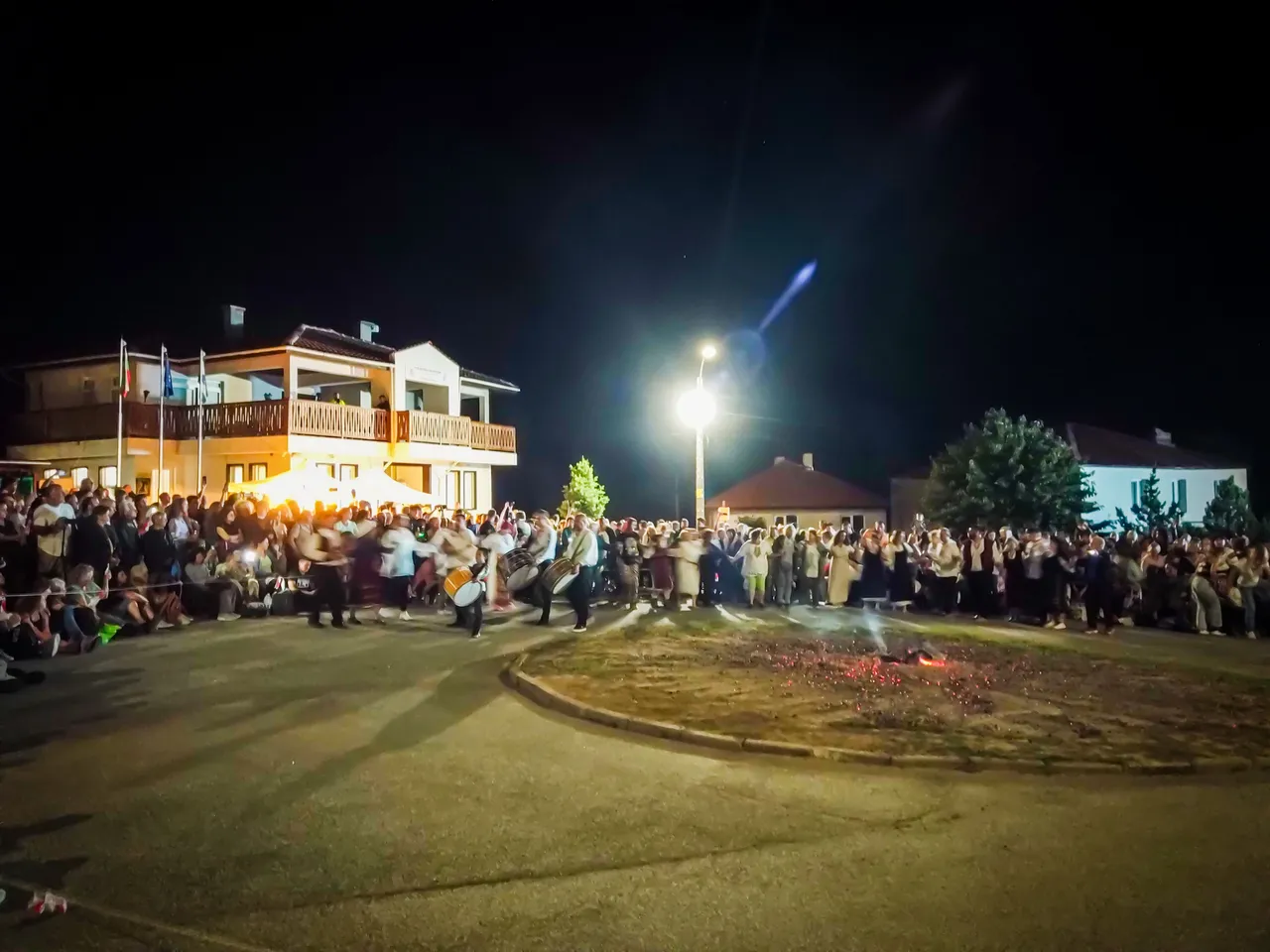
I'm happy that I attended the custom since morning. I still get goosebumps as I write about this.
